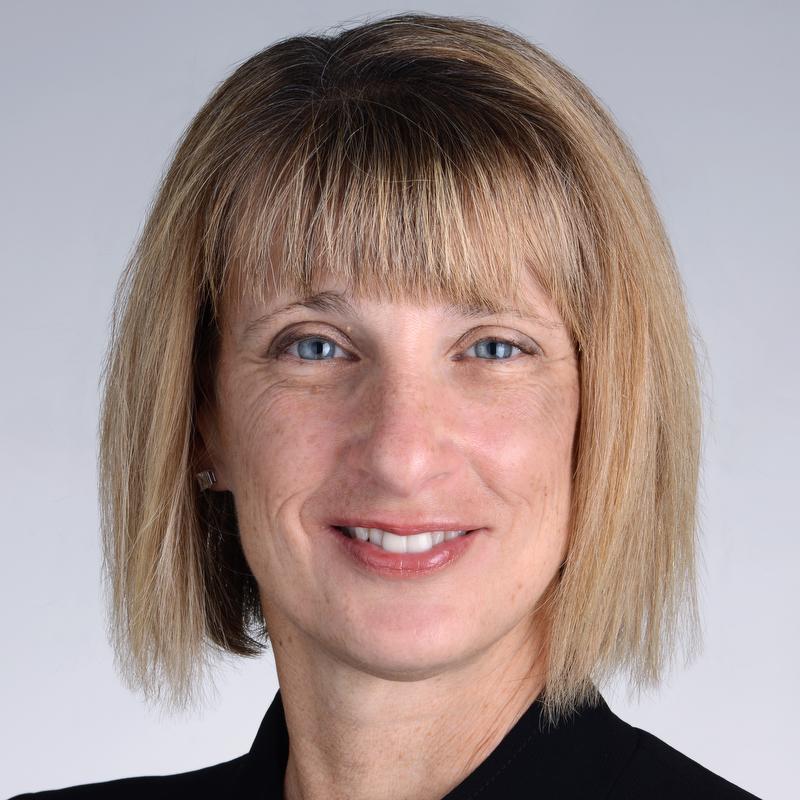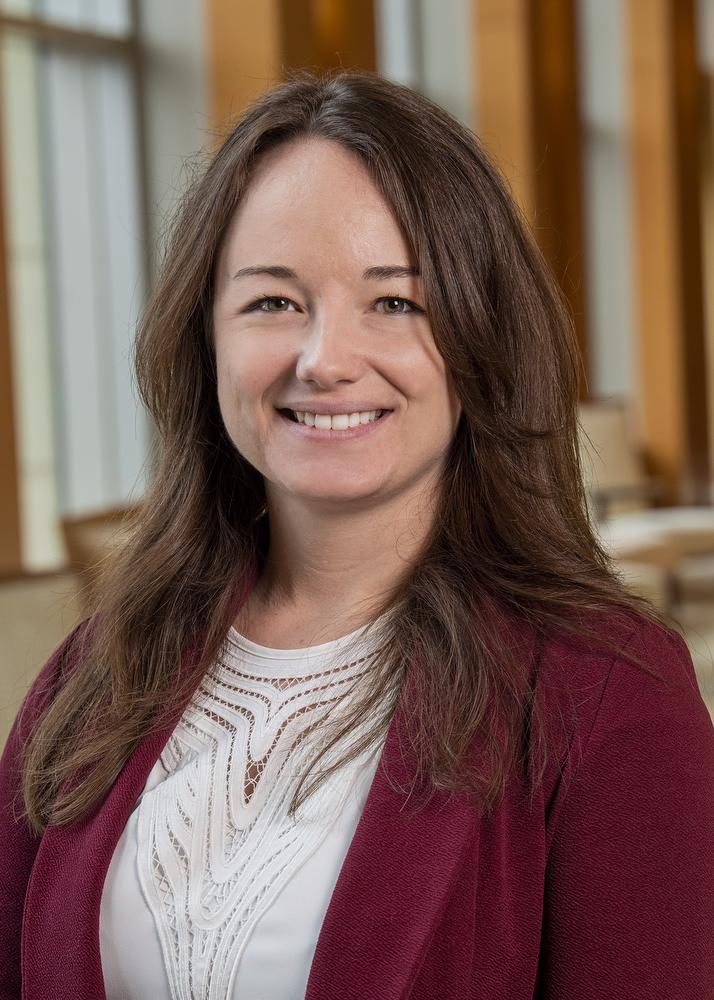

TL1 Postdoctoral Trainee Alexandra Prosser-Dombrowski, M.D., Children’s Mercy Kansas City
By Kelly Hale, Marketing & Communications Specialist
Apr 29, 2025
Project Title: Functional Evaluation of a Novel RPL30 Mutation and its Role in Diamond Blackfan Anemia: A Model for Studying Ribosomopathies
Project Summary: Diamond Blackfan anemia (DBA) is an inherited bone marrow failure syndrome that manifests in infancy with a severe anemia that often requires bone marrow transplant. While known to be causes by ribosome mutations, we identified a patient with a novel mutation in ribosomal protein gene RPL30, never studied before in DBA. We developed a CRISPR-edited stem cell model to specifically study this mutation and its impact on the development of red blood cells. Our goal is to demonstrate this mutation’s potential role in DBA, for the patient and his family as well as for providing a model for studying DBA more broadly.
Mentors: John Perry, Ph.D., Children’s Mercy; Jennifer Gerton, Ph.D. Stowers Institute for Medical Research
As she finishes her second year in the Frontiers Clinical and Translational Science Institute TL1 Program, Alexandra Prosser-Dombrowski, M.D. credits the TL1 program with helping expand her research.
“It’s been a whirlwind in the program, you think two years is a long time, but it goes by so fast,” Prosser-Dombrowski said. “It has been transformative for me and really provided an opportunity that I would not have had otherwise. When you get a chance to do research for really the first time, you quickly learn everything you do not know and how quickly the time goes by. The TL1 program has really given me the dedicated time and space to get the training I need to be successful.
“It’s really opened up the possibilities of what’s out there and what can I continue to research.”
As Prosser-Dombrowski went through her clinical fellowship, she had focused on becoming a primary oncologist with just a little research, modeling her career after some other faculty at Children’s Mercy Kansas City.
“I was really thinking I would be 80% clinical and then doing whatever research I could do on the side,” she said. “But by being in the TL1 program, I realized that I could potentially go down the path of being funded by the National Institutes of Health (NIH), as well as getting foundation grants. I started looking into positions to move to more training grants and learning that a lot of institutions have started offering packages to scientists and physician scientists. Being able to do 75% research and 25% clinical is the dream piece of still being a primary oncologist.”
And while Prosser-Dombrowski continues down the path of being a physician scientist, she credits all her mentors for helping her get to this point. And she points to mentors at Stowers Research Institute, Children’s Mercy, and her peers in helping her throughout her journey.
“It really started with Jennifer Gerton, Ph.D., at Stowers who let me gain experience in her lab. Everyone was so welcoming and supportive to let me be a part of what they were doing. It really piqued my interest. She really supported the idea of me trying to continue my research and seek out collaborations.”
And that is what she did at Children’s Mercy with John Perry, Ph.D. and Jennifer Goldman, M.D., who has been mentoring her through the TL1 program. And she credits Perry’s encouragement and support for her research project moving forward.
Prosser-Dombrowski is also quick to point to peer mentorship and mentorship from others in the lab that has helped in her research as well.
“One of the students in Dr. Gerton’s lab was an M.D./Ph.D. student and she was such a great leader,” said Prosser-Dombrowski. “She helped me so much and helped develop a project that made sense for me. We have stayed in touch and now she interested in working in pediatrics. It is just very cool to see the peer mentorship.”
And one of the topics the Frontiers TL1 program covers is mentorship, including peer mentorship.
Prosser-Dombrowski’s TL1 project has focused on bone marrow failure syndrome, where the bone marrow does not make enough red blood cells or white blood cells. And one disease that can come from this syndrome is Diamond Blackfan Anemia, where there is a failure to develop red blood cells, which causes patients to have severe anemia and many end up needing a bone marrow transplant.
“A bone marrow transplant can fix some of the problems, but it can also come with a lot of complications,” she said. “And while it is a rare disease, it is a pretty big deal. These patients are diagnosed in infancy, so it affects them all their life.”
Prosser-Dombrowski became interested in this when she worked in Gerton’s lab, which has an interest in ribosomes, which are in charge of making all the protein in the cells.
“We know patients often have mutations in the ribosomes, but some patients only have the anemia, and you’d think that if it was a problem in the ribosomes, that it would affect other things in the body,” she said. “So, the big question mark with Diamond Blackfan Anemia is why are just the red blood cells affected. And while there are some things known about it, there is still a lot to learn.
“A colleague at another institution had a patient with a novel mutation that had never been reported before so when I was at Stowers, we developed a stem cell model so we could see the impact on the cells, hoping to learn more about Diamond Blackfan Anemia and if this mutation may cause it.”
And as she took the project to Perry’s lab at Children’s Mercy, as his lab studies bone marrow failure and leukemia.
“We’re really looking at the cell development and to see whether or not they are producing and I’ve learned a lot of skills from his lab,” she said. “I am still working on it but in early finding it looks like the cells are different. I will continue to see if there are gene expression changes that are like what others have seen when they have modeled Diamond Blackfan Anemia.”
And as she wraps up her TL1 program time, she wants to continue developing the full model and see the impacts on the production of red blood cells. She will continue to work on this project and hopes that there can be additional insight into Diamond Blackfan Anemia and the role this mutation plays, while also studying bone marrow failure and leukemia more.
Latest Articles
View All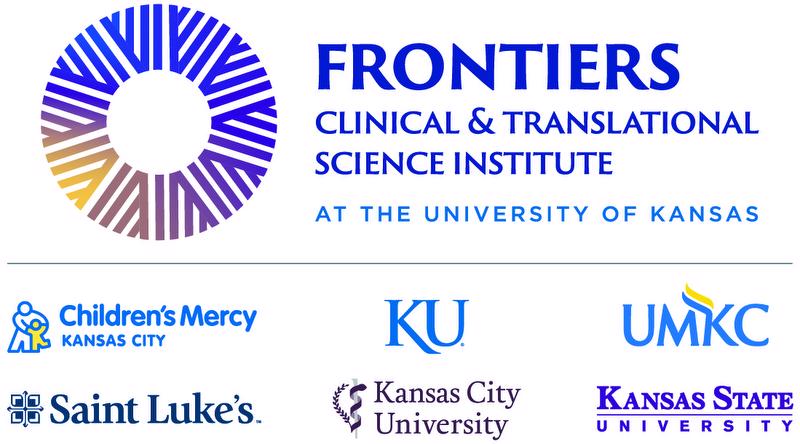 Funded Projects · News
Funded Projects · News
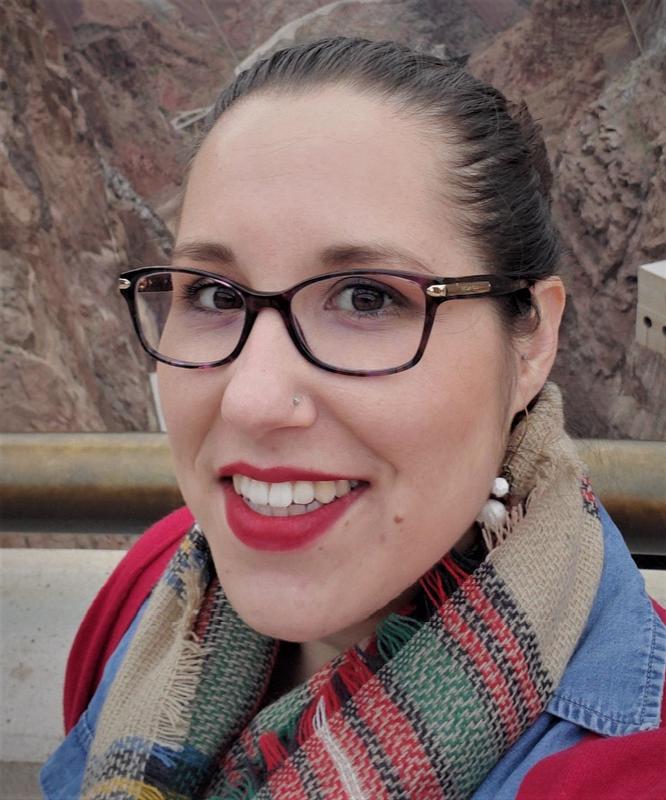 TL1 Trainee · News
TL1 Trainee · News
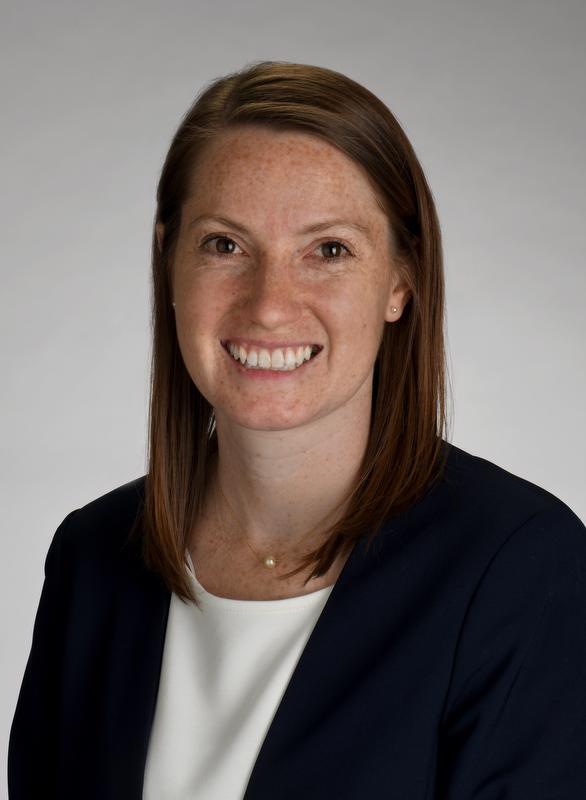 KL2 Scholar · News
KL2 Scholar · News
 Funded Projects · News
Funded Projects · News
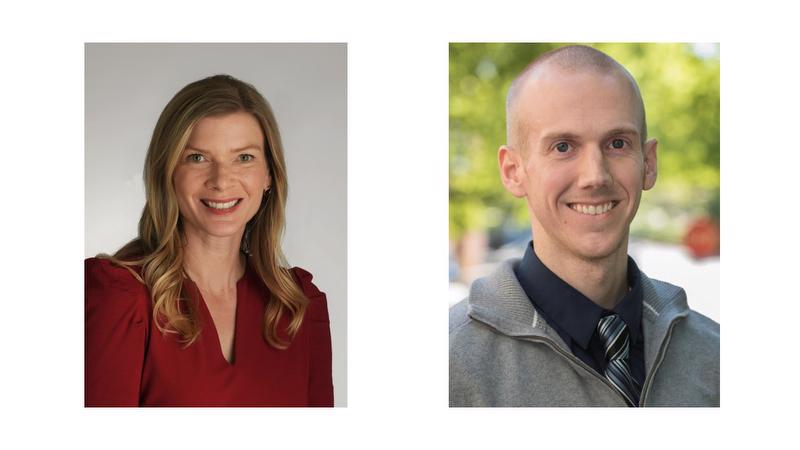 Funded Projects · News
Funded Projects · News
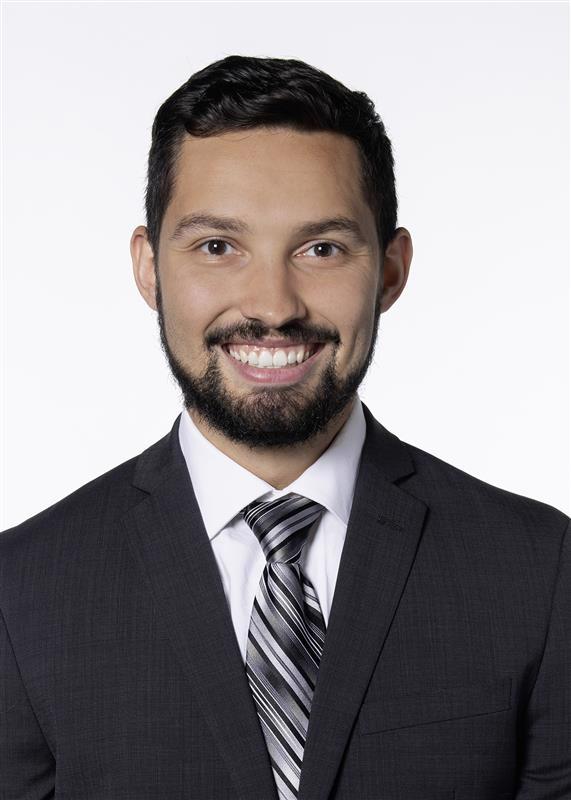 TL1 Trainee · News
TL1 Trainee · News
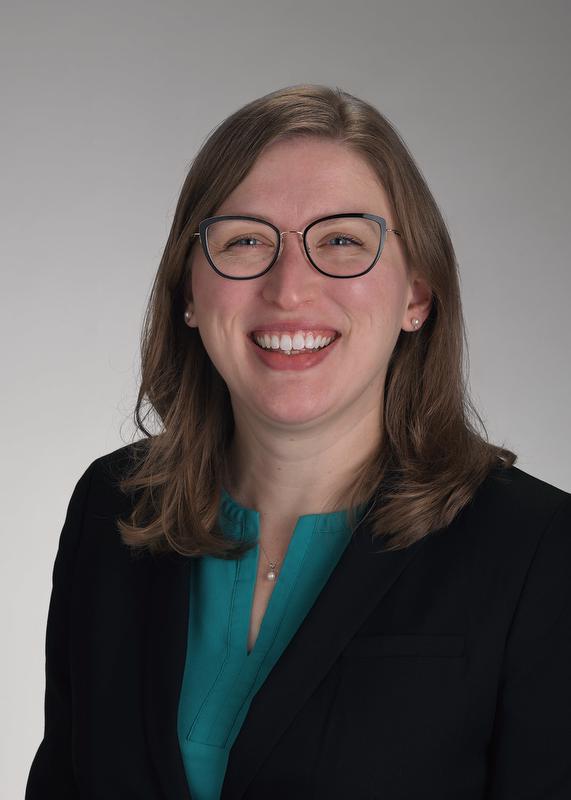 KL2 Scholar · News
KL2 Scholar · News
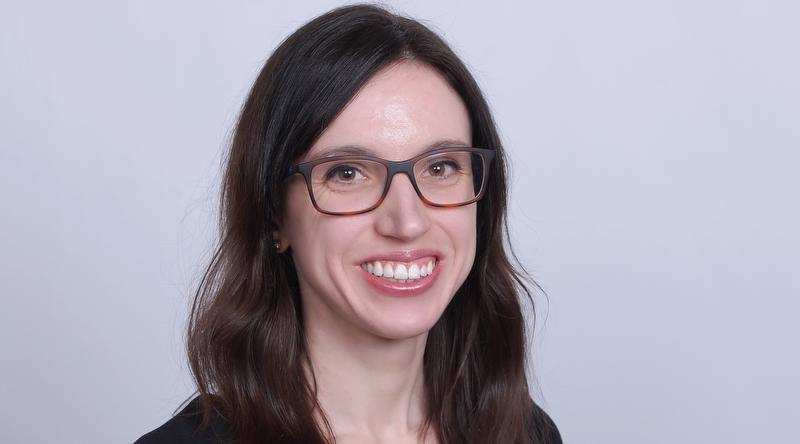 Funded Projects · News
Funded Projects · News
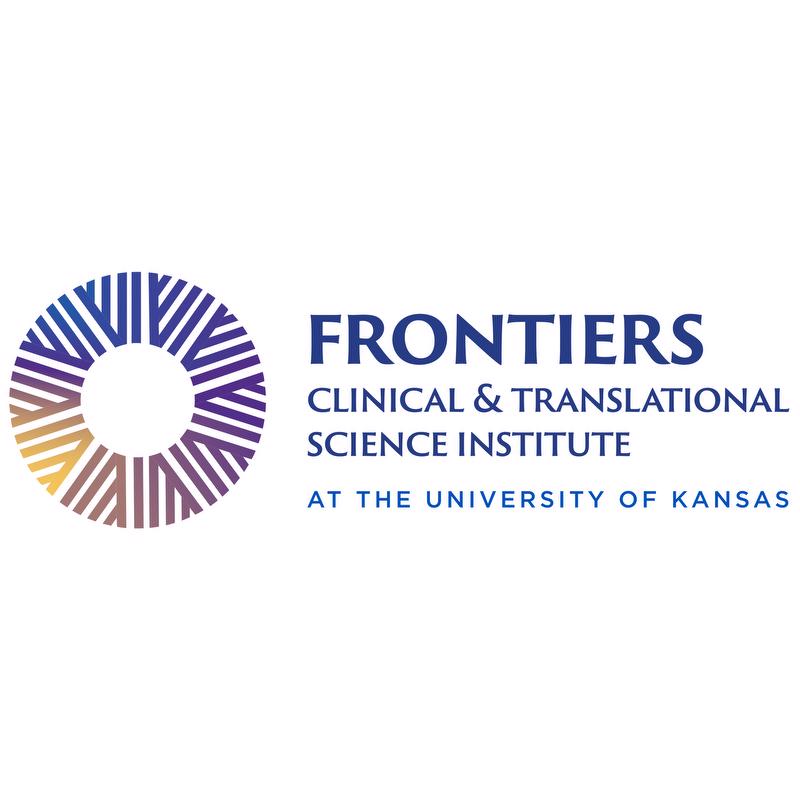 News
News
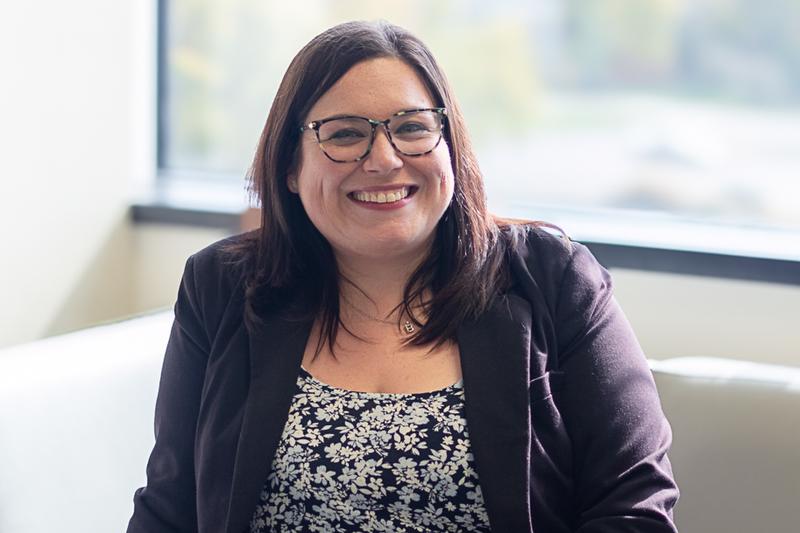 TL1 Trainee · News
TL1 Trainee · News
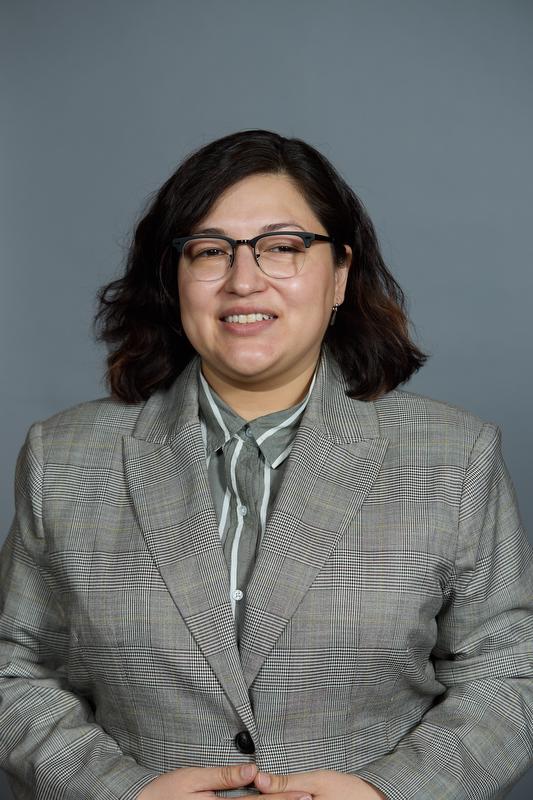 News
News
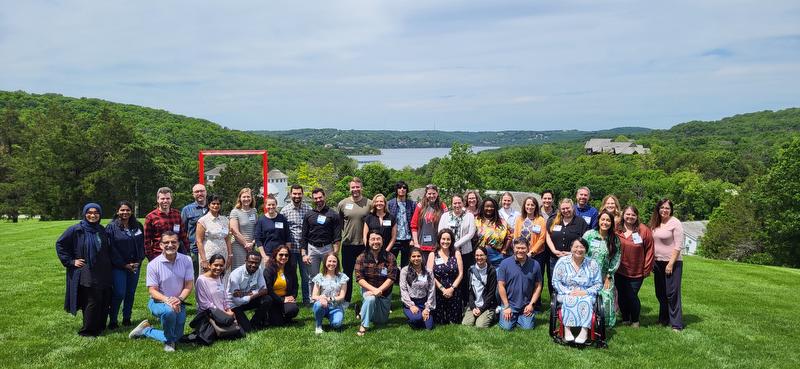 News
News
 Funded Projects · News
Funded Projects · News
 TL1 Trainee · News
TL1 Trainee · News
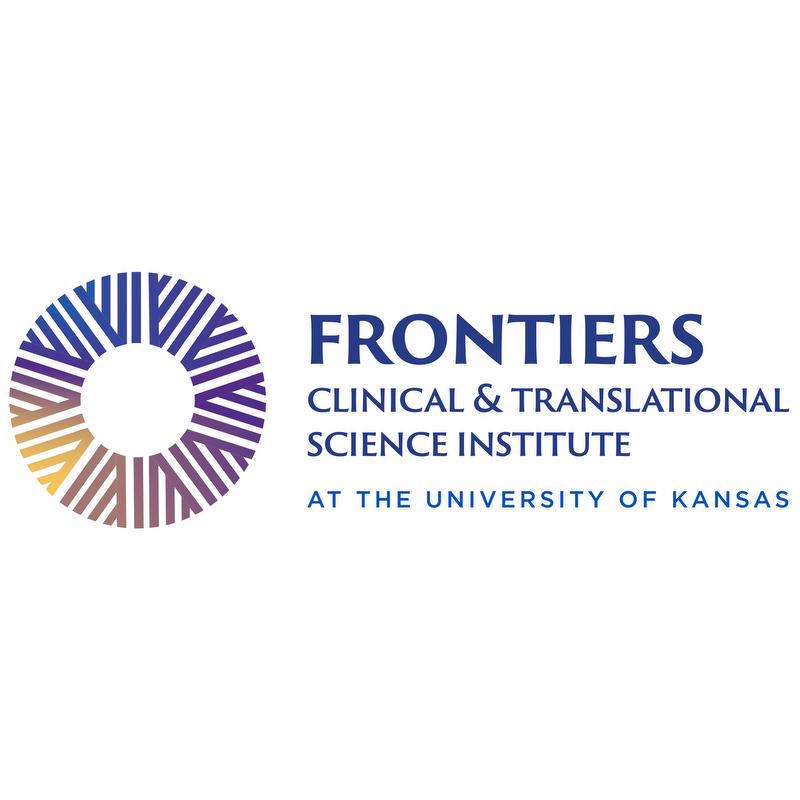 Events
Events
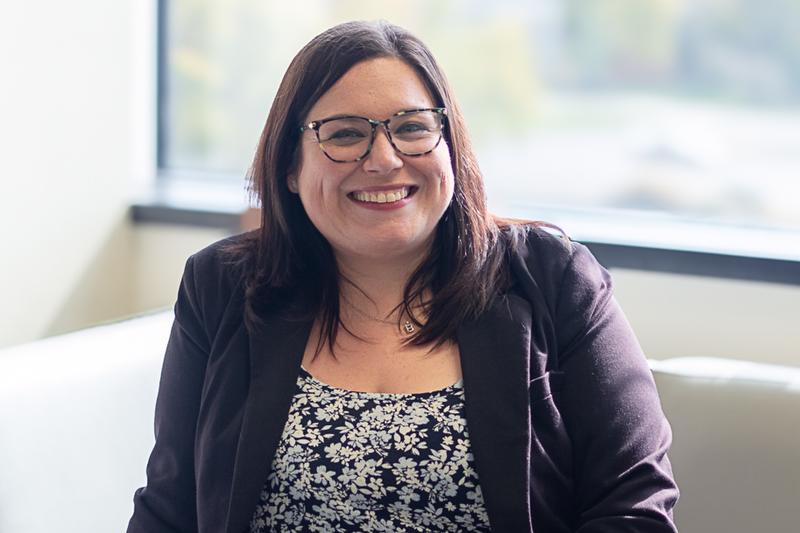 TL1 Trainee · News
TL1 Trainee · News
 News
News
 TL1 Trainee · News
TL1 Trainee · News
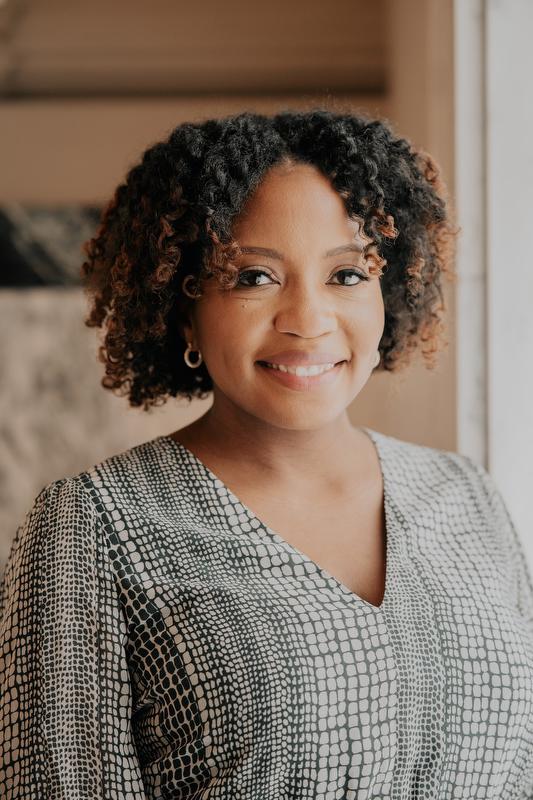 KL2 Scholar · News
KL2 Scholar · News
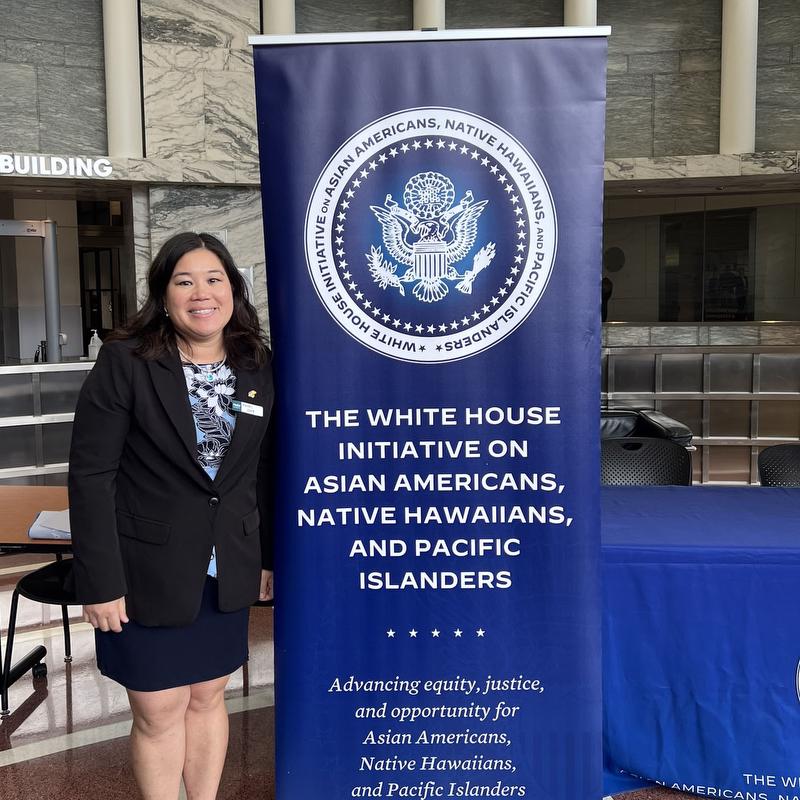 News
News
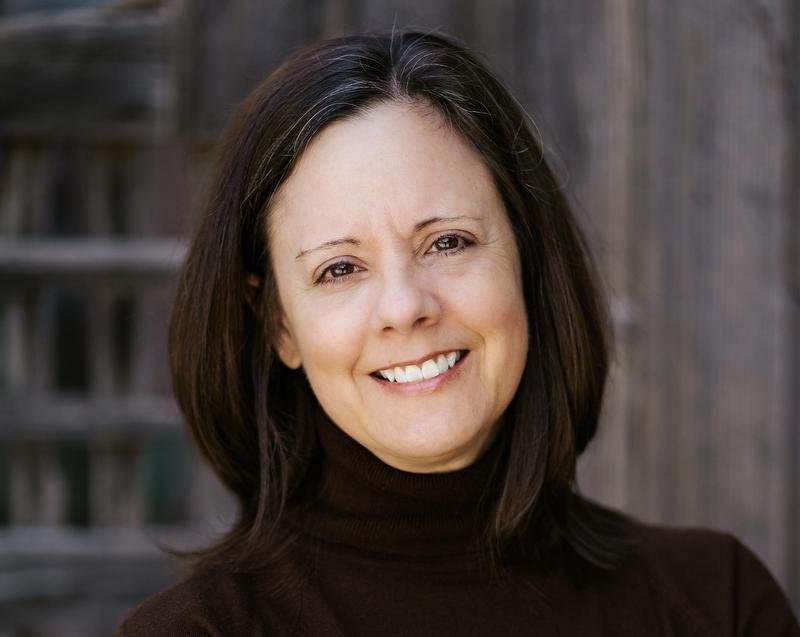 KL2 Scholar · News
KL2 Scholar · News
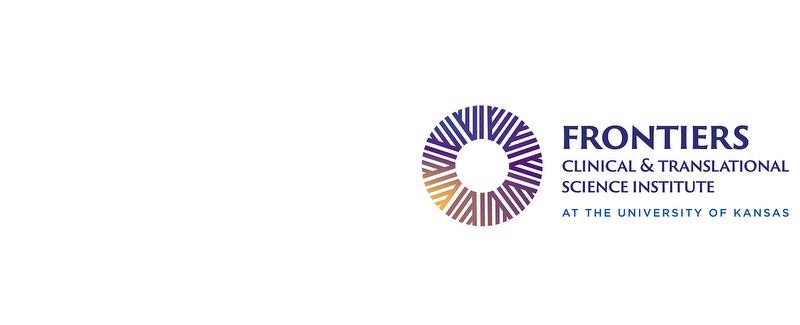 Funded Projects · News
Funded Projects · News
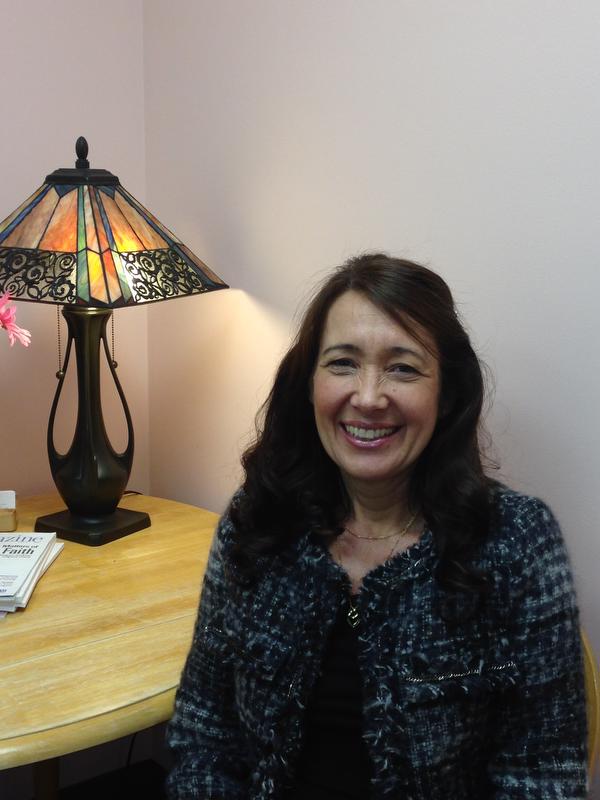 News
News
 TL1 Trainee · News
TL1 Trainee · News
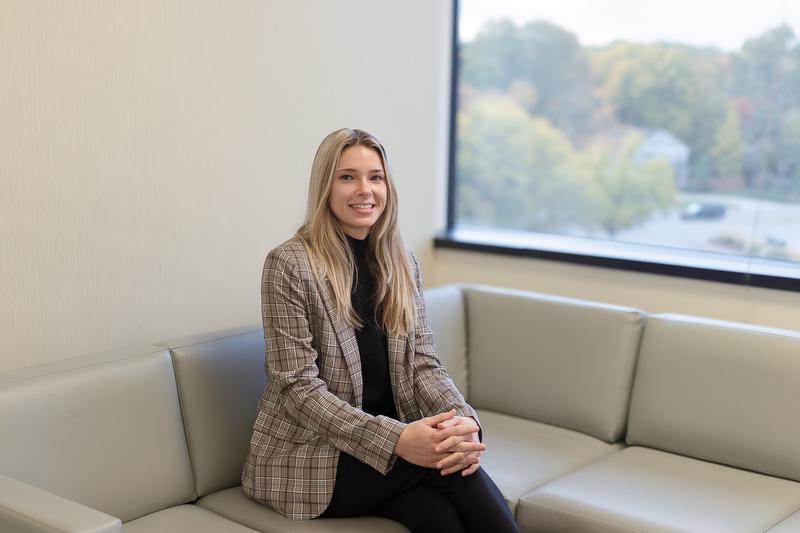
 TL1 Trainee · News
TL1 Trainee · News
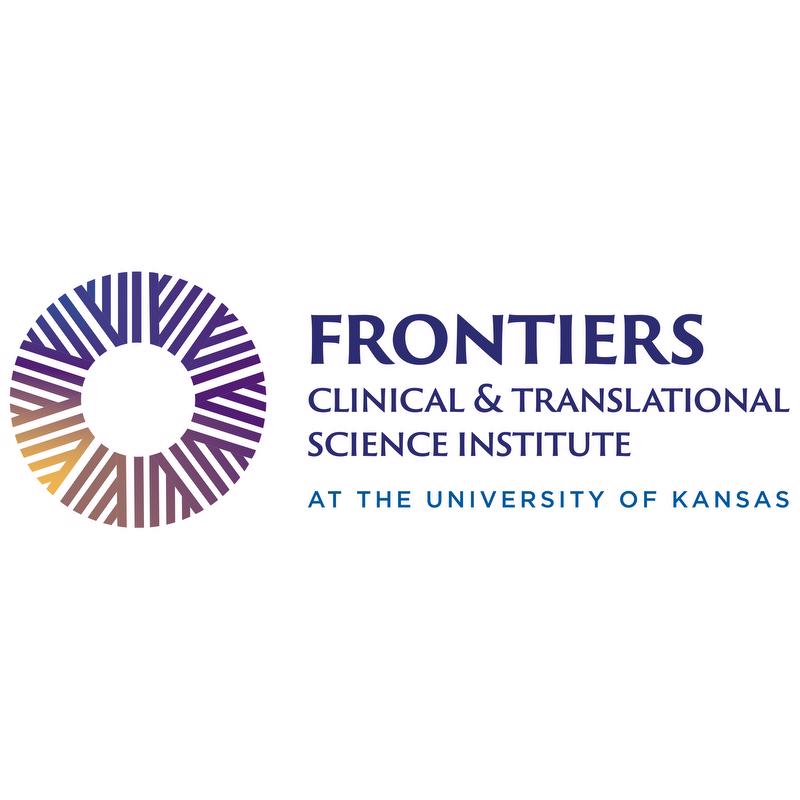 Services · News
Services · News
 News
News
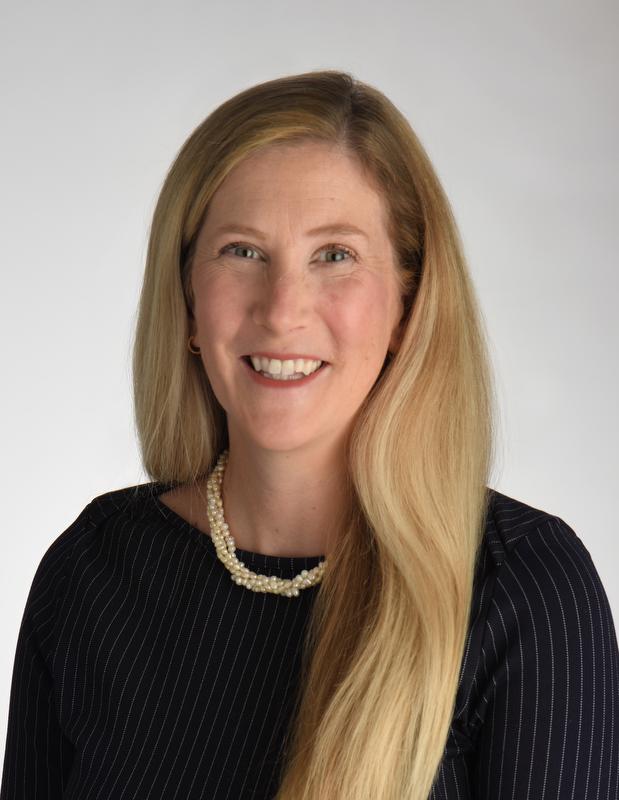 Funded Projects · News
Funded Projects · News
 Funded Projects · News
Funded Projects · News
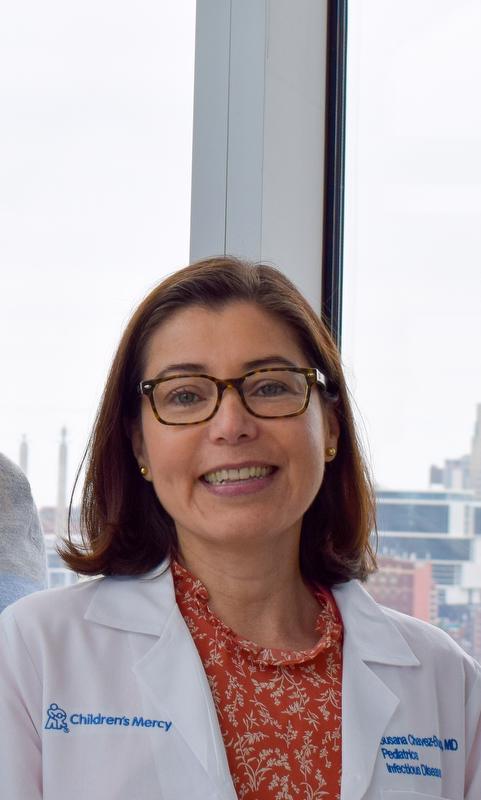 Funded Projects · News
Funded Projects · News
 TL1 Trainee · News
TL1 Trainee · News
 KL2 Scholar · News
KL2 Scholar · News
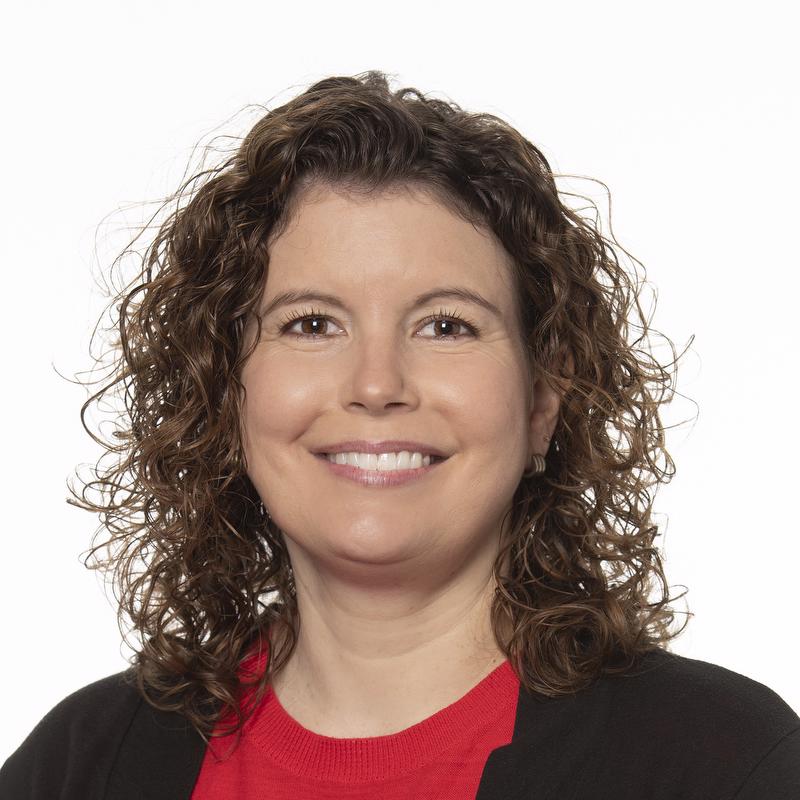 Funded Projects · News
Funded Projects · News
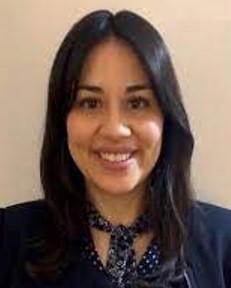 News
News
 News
News
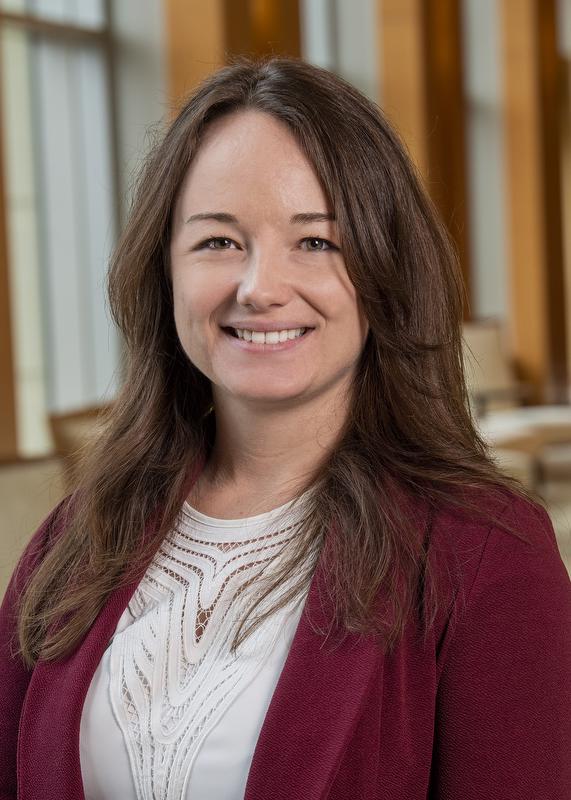 News
News
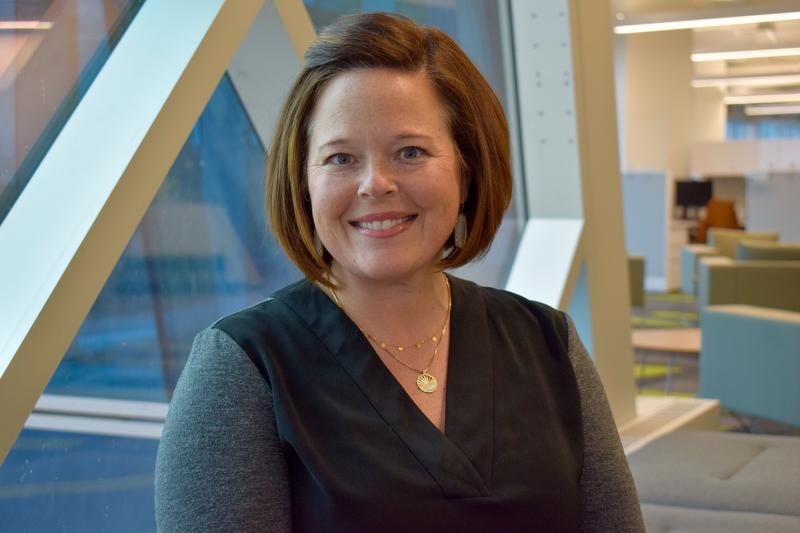 News
News
 News
News
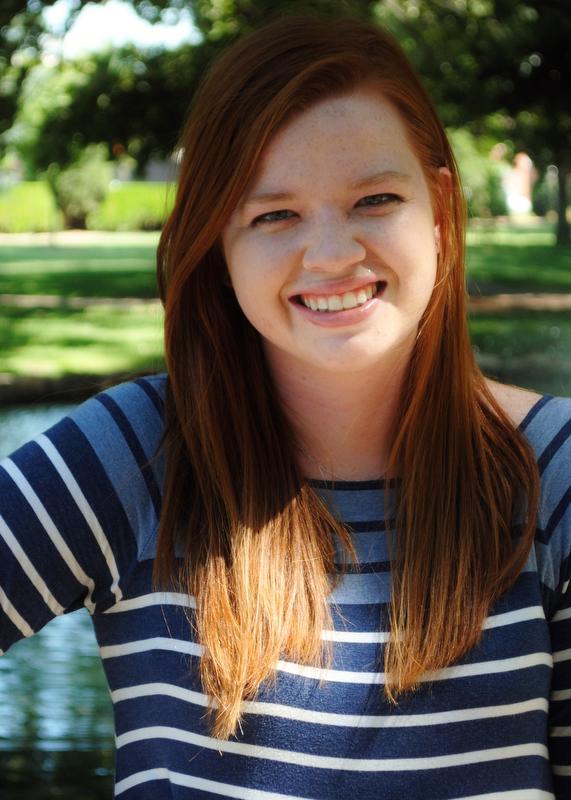 News
News
 News
News
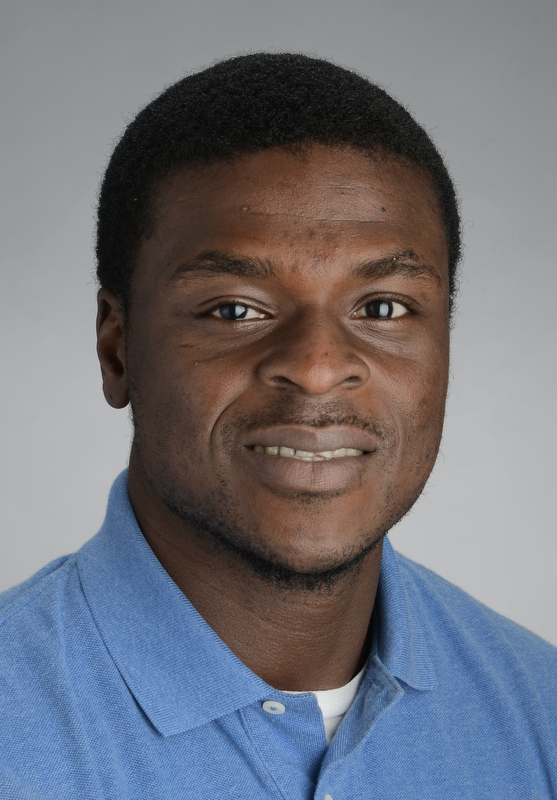 News
News
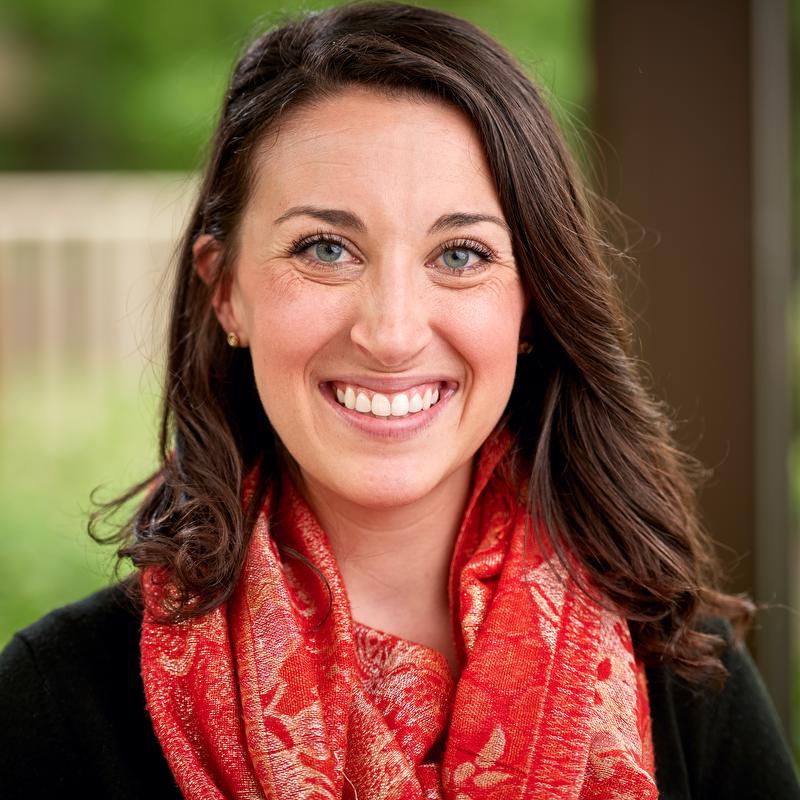 News
News
 News
News
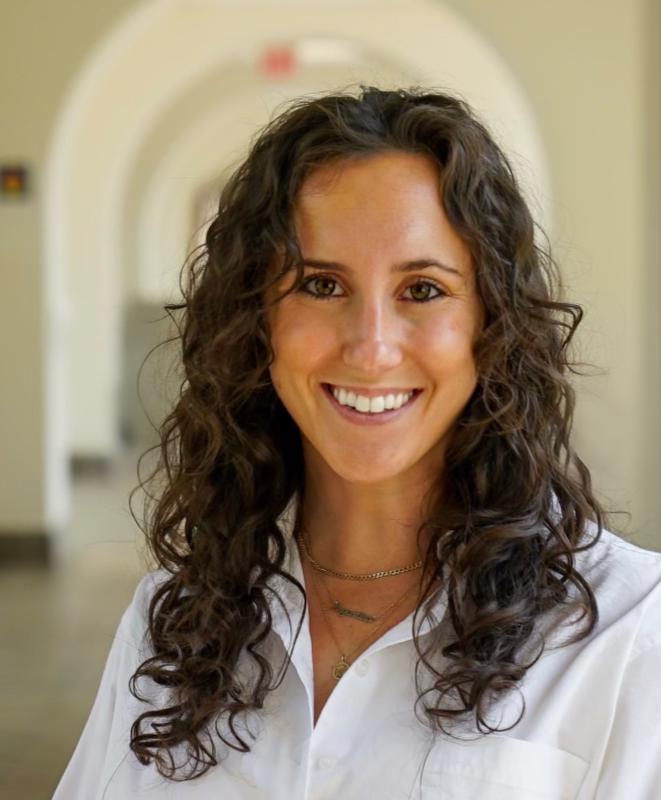 News
News
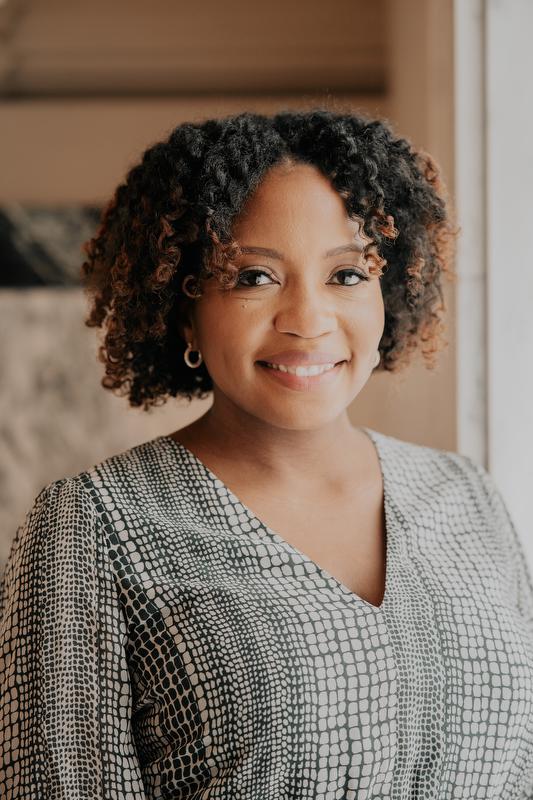 News
News
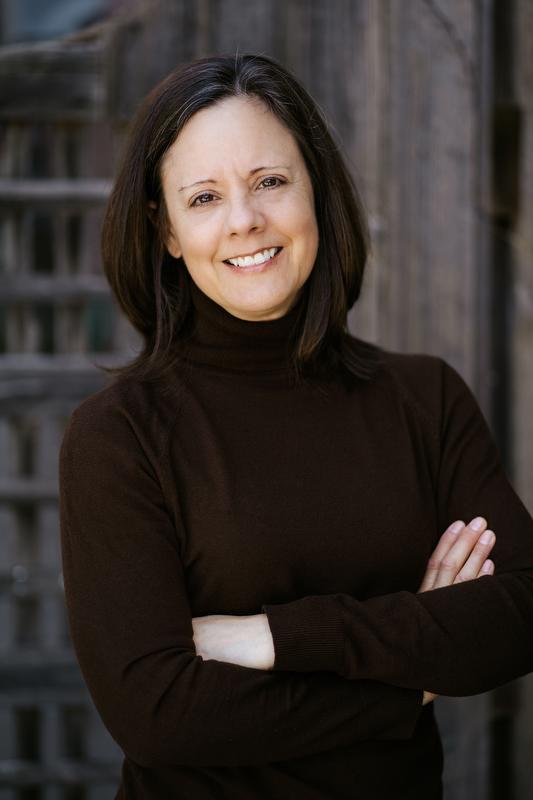 News
News
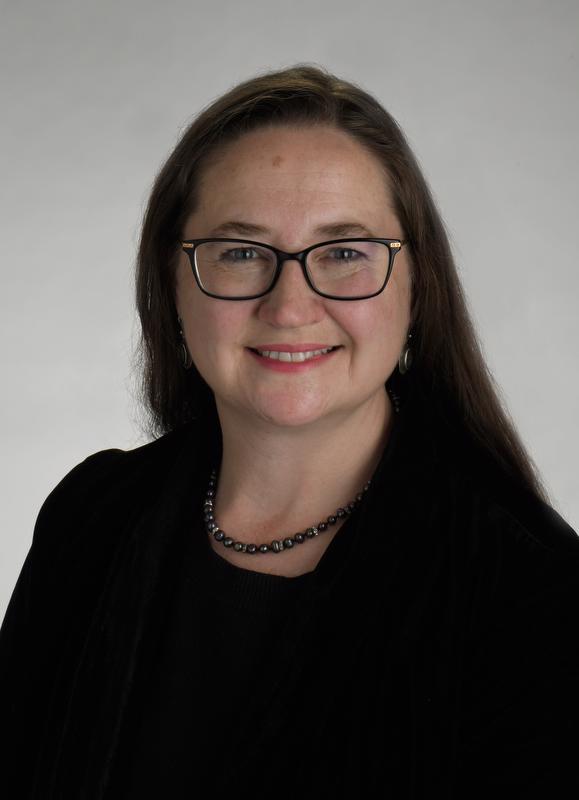 News
News
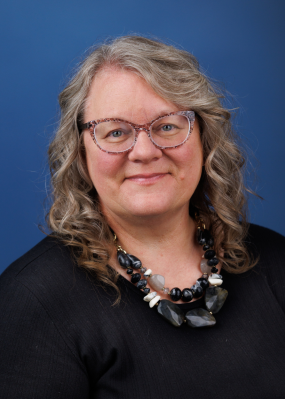 Funded Projects · News
Funded Projects · News
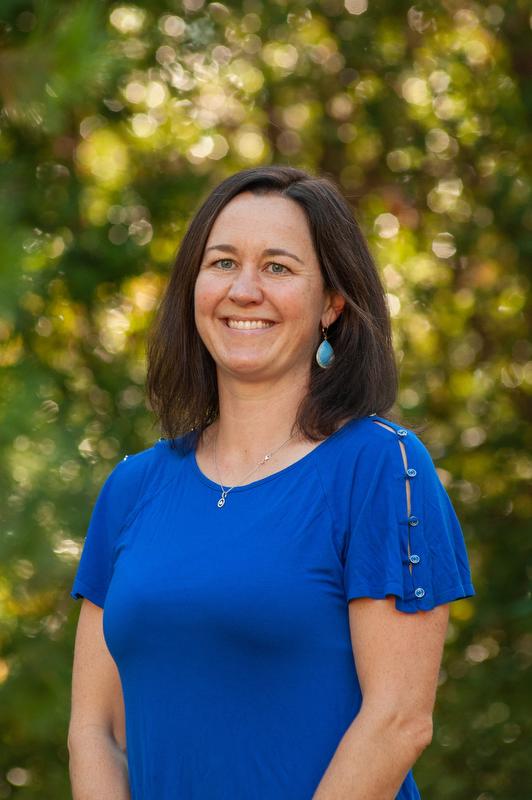 Funded Projects · News
Funded Projects · News
 KL2 Scholar · News
KL2 Scholar · News
 News
News
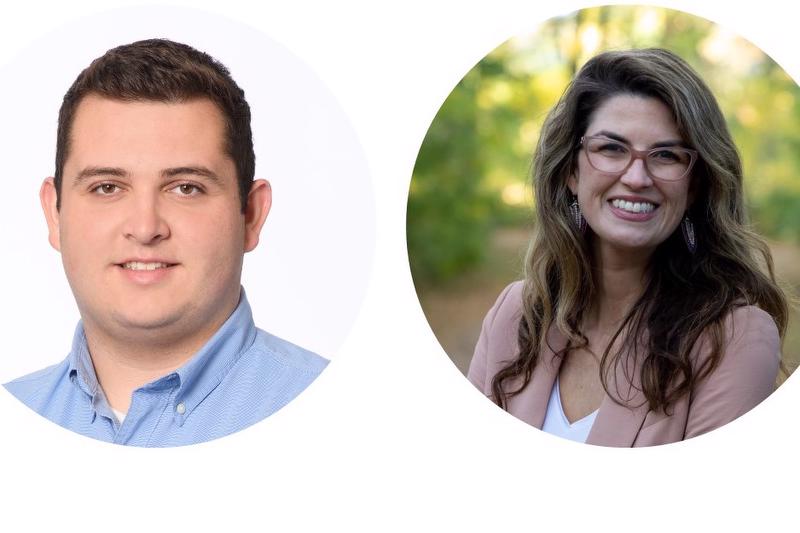 News
News
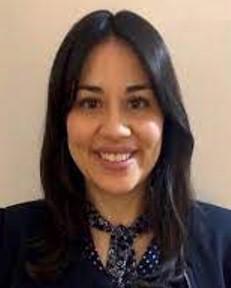 KL2 Scholar · News
KL2 Scholar · News
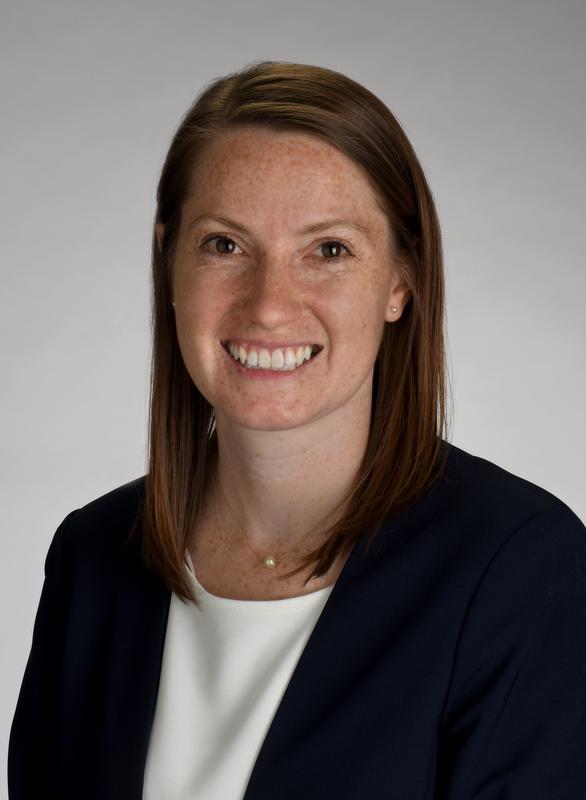 KL2 Scholar
KL2 Scholar
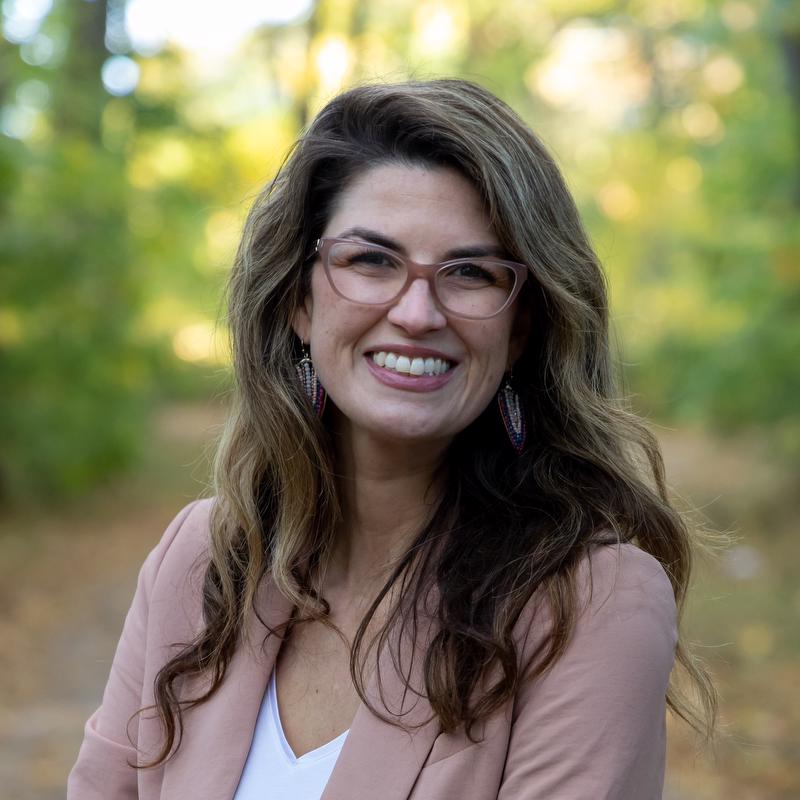 News
News
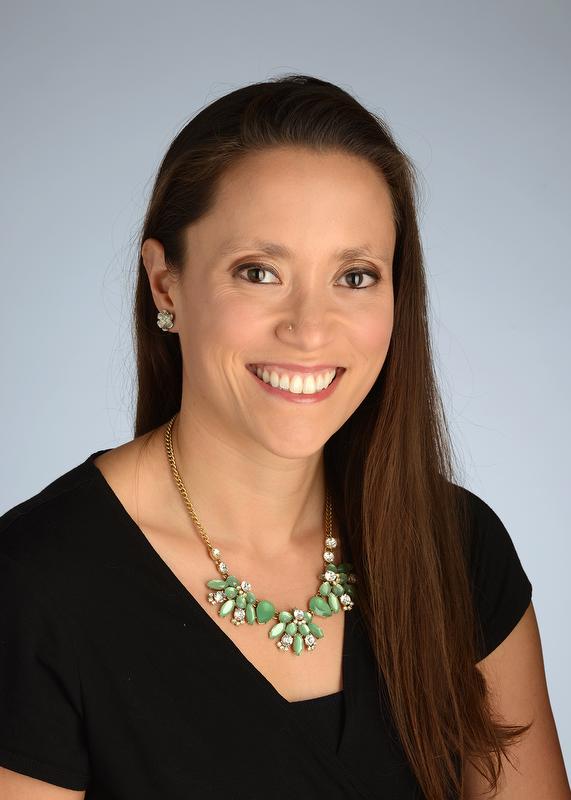 News
News
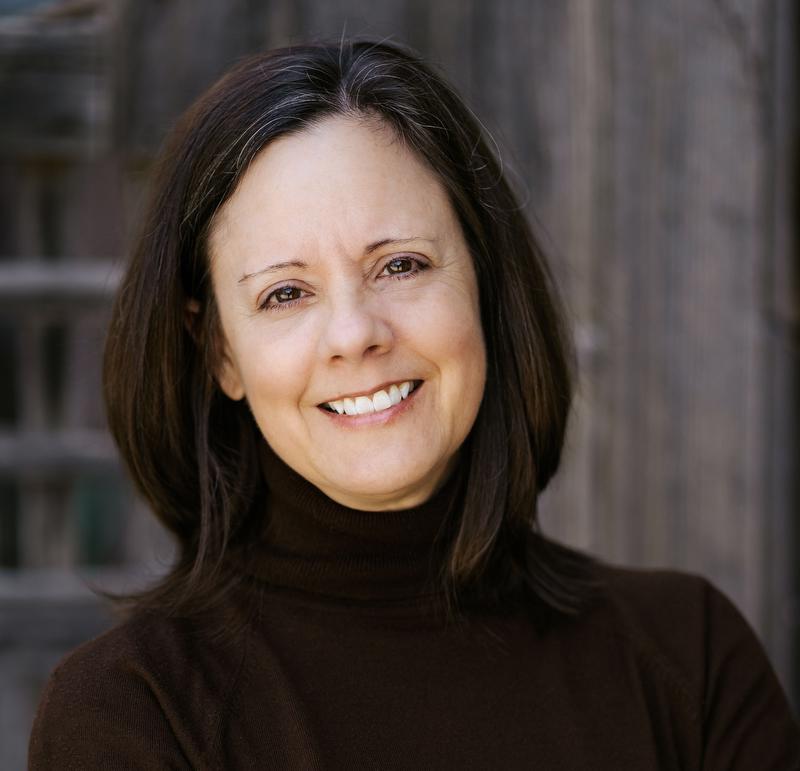 KL2 Scholar · News
KL2 Scholar · News
 News
News
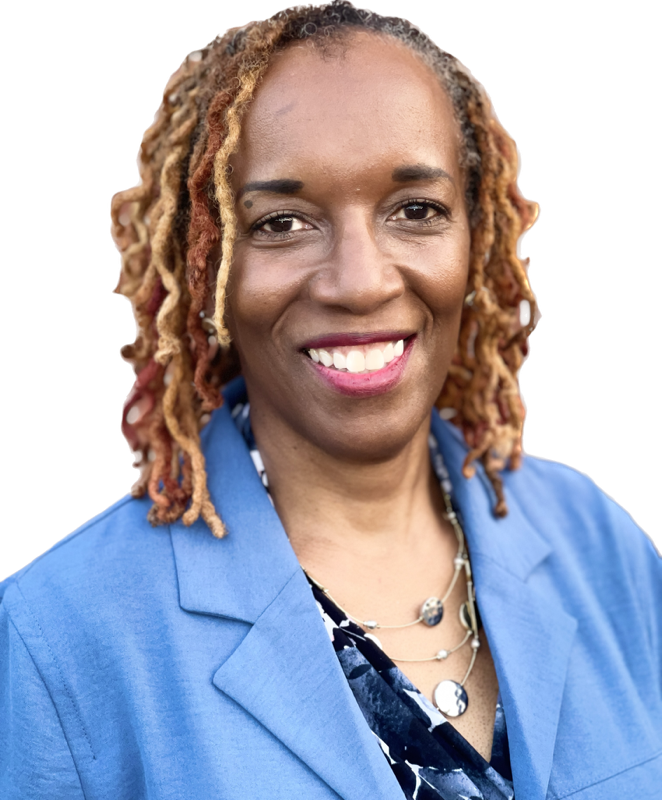 News · In the Community · Funded Projects
News · In the Community · Funded Projects
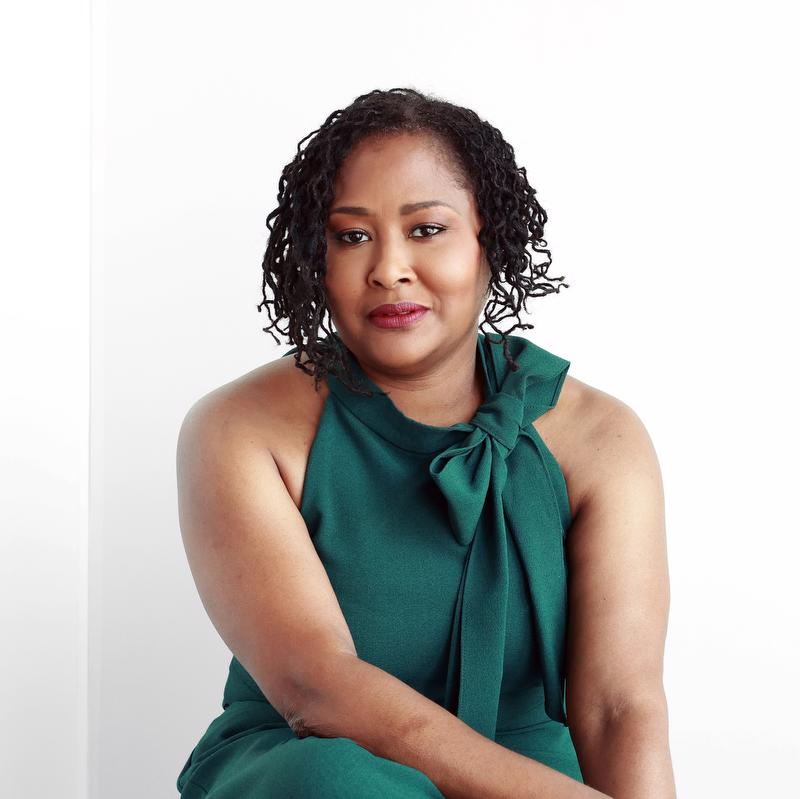 Funded Projects · News
Funded Projects · News
 Funded Projects · News
Funded Projects · News
 Funded Projects · News
Funded Projects · News
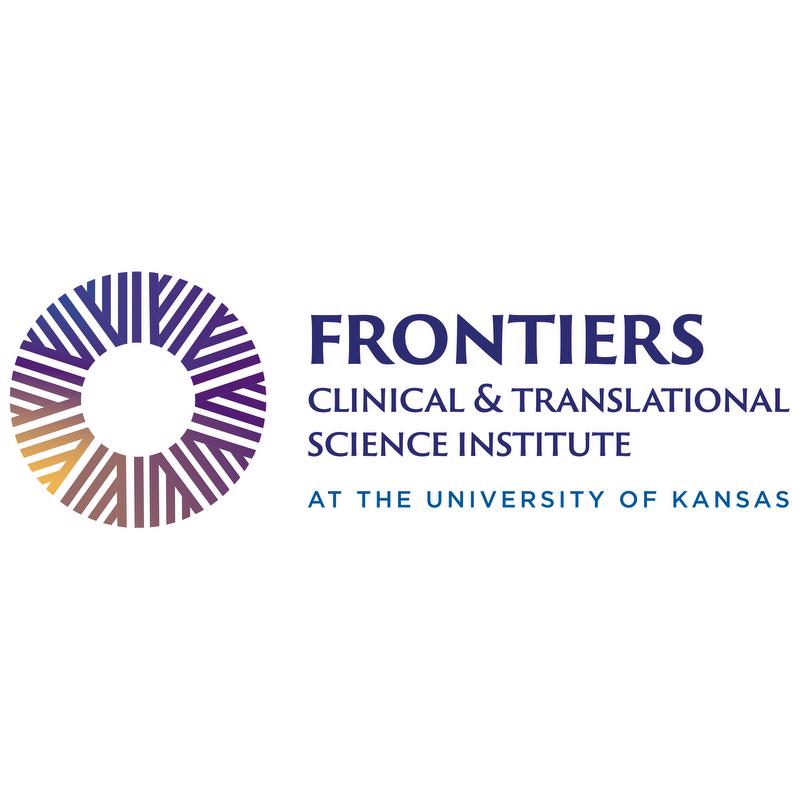 Funded Projects · News
Funded Projects · News
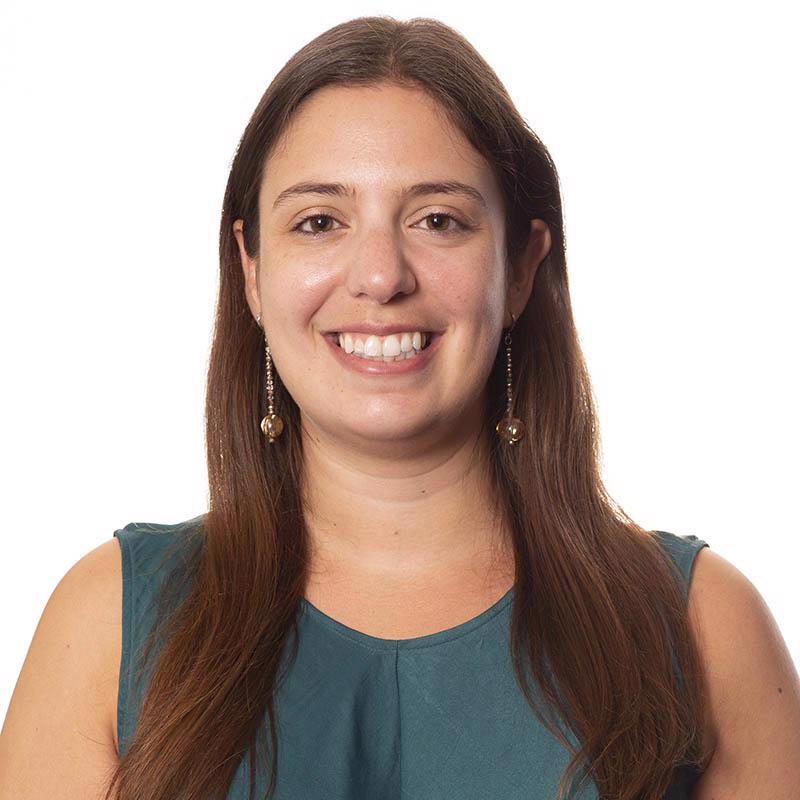 News
News
 Funded Projects · News
Funded Projects · News

 TL1 Trainee · News
TL1 Trainee · News
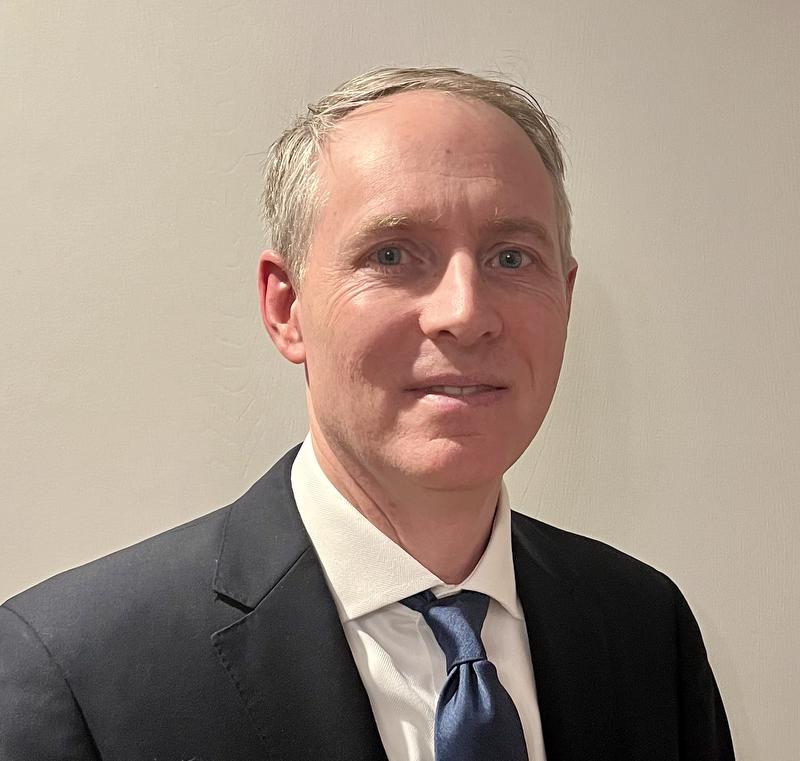 Funded Projects · News
Funded Projects · News
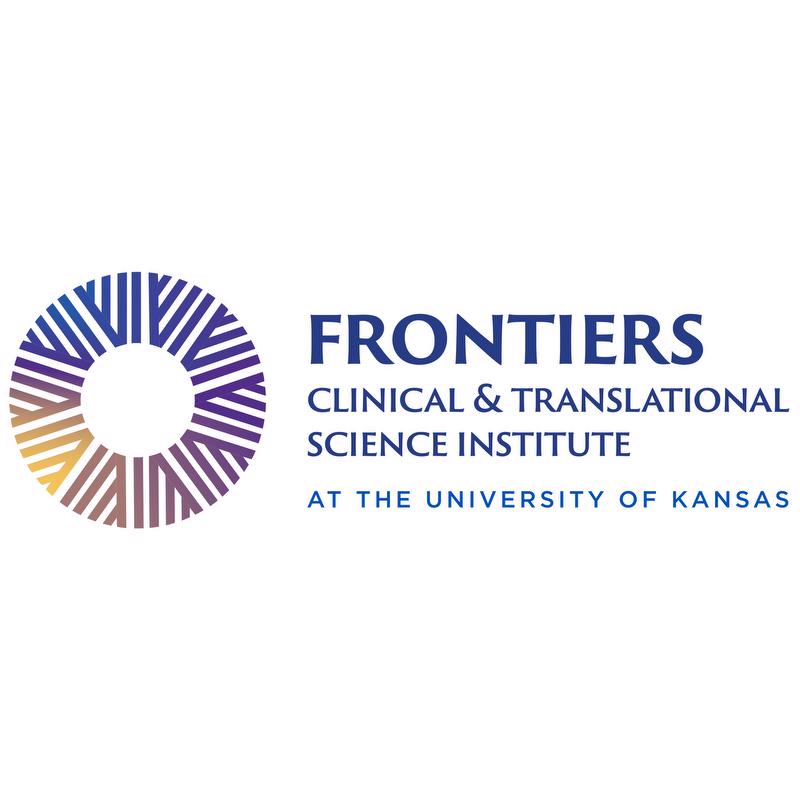 Events · News
Events · News
 Funded Projects · News
Funded Projects · News
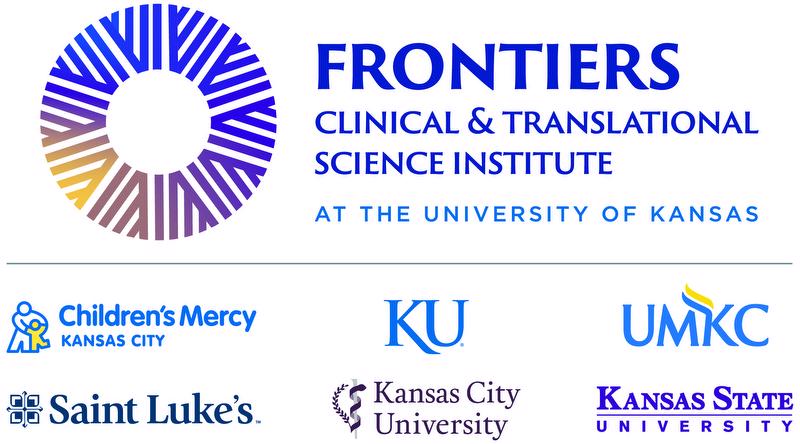
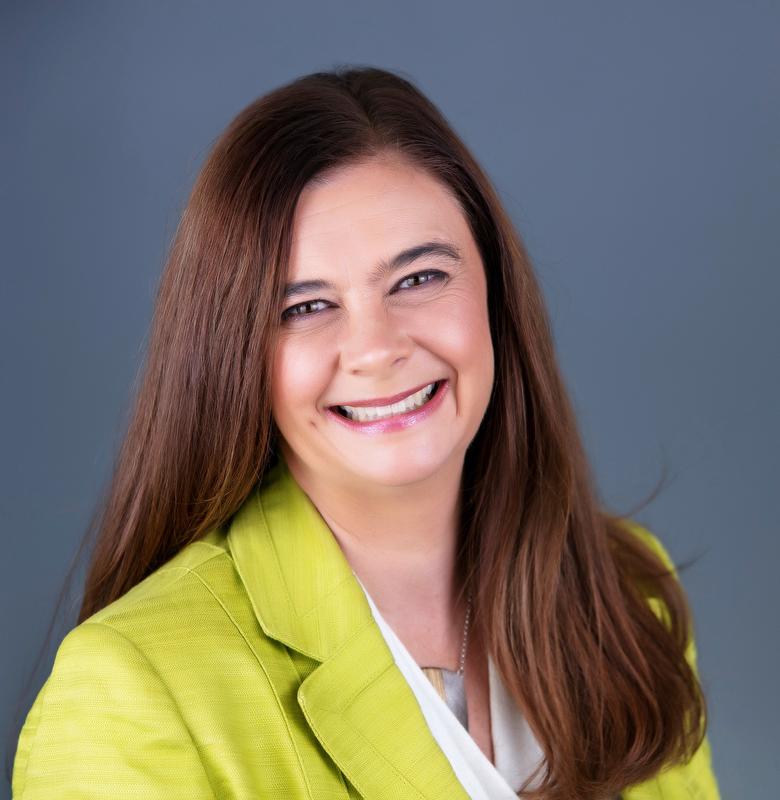 Funded Projects · News
Funded Projects · News
 TL1 Trainee · News
TL1 Trainee · News
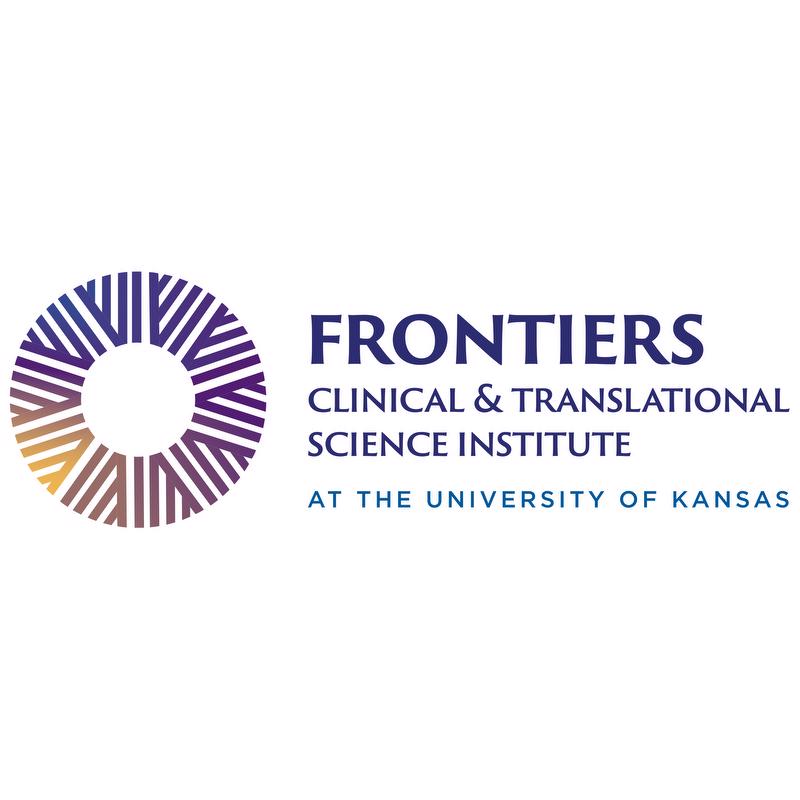 News · In the Community · Funded Projects
News · In the Community · Funded Projects
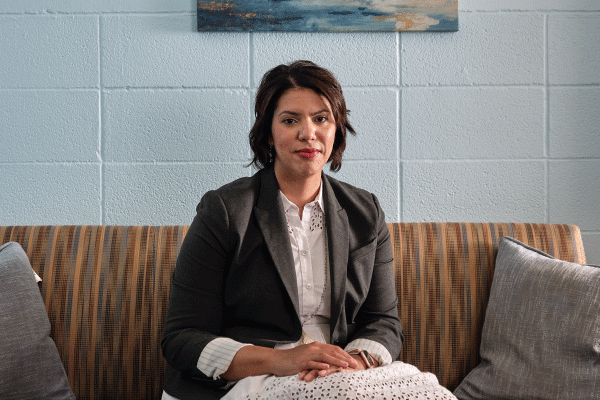 Funded Projects · News
Funded Projects · News
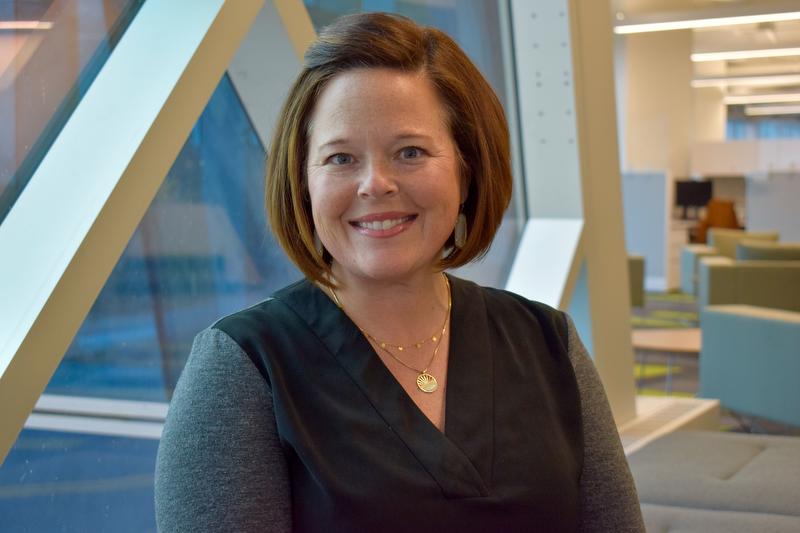 KL2 Scholar · News
KL2 Scholar · News
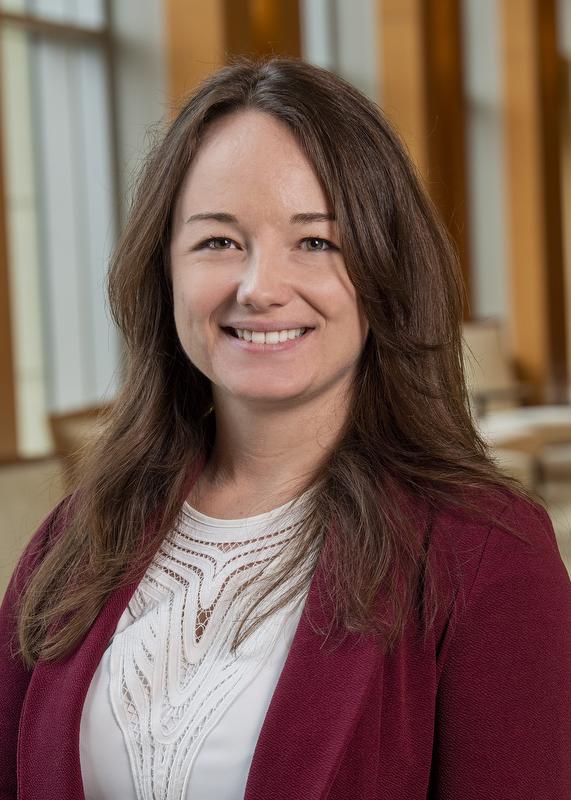 TL1 Trainee · News
TL1 Trainee · News
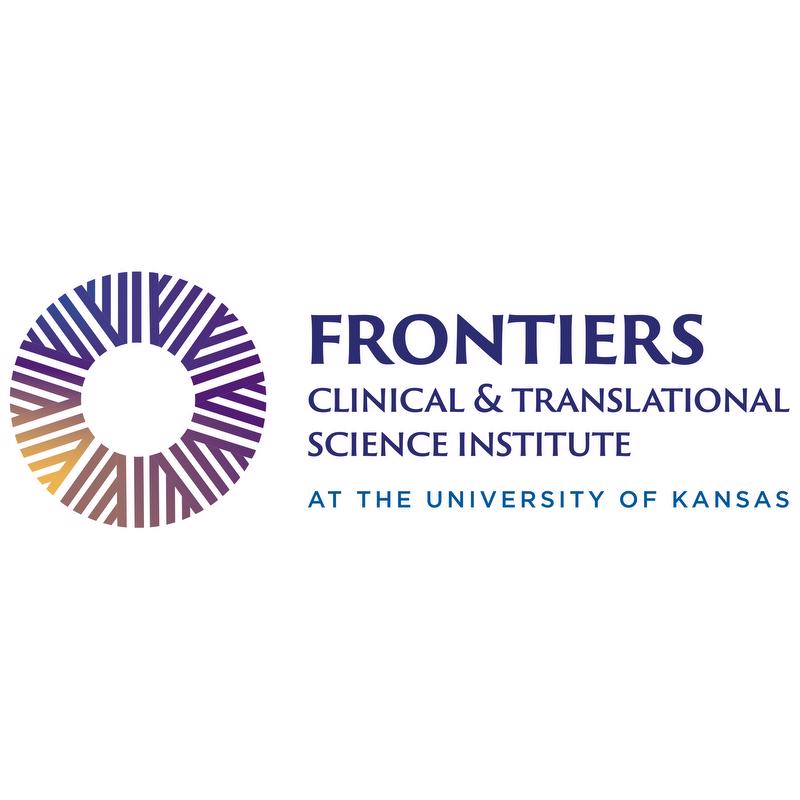 News
News
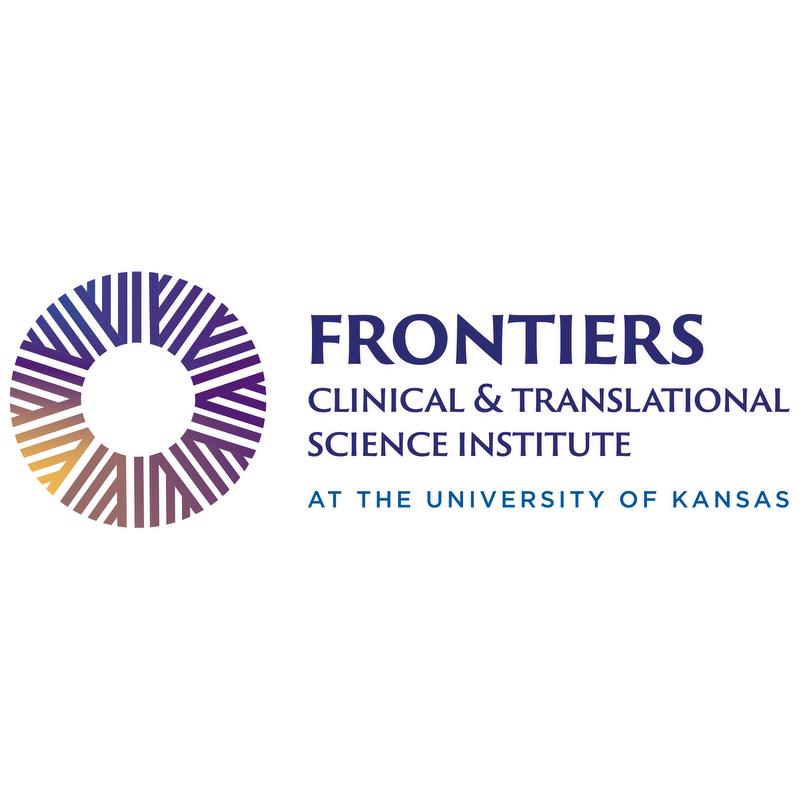 News
News
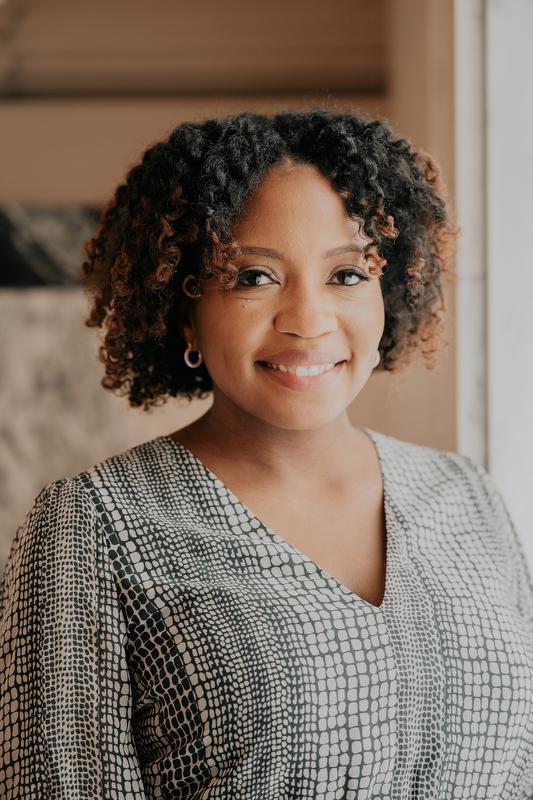 KL2 Scholar · News
KL2 Scholar · News
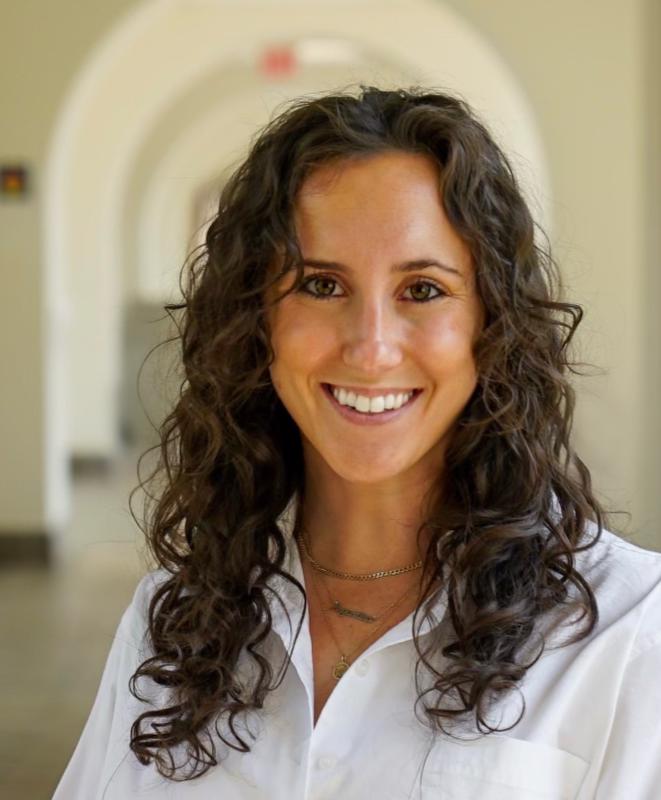 TL1 Trainee · News
TL1 Trainee · News
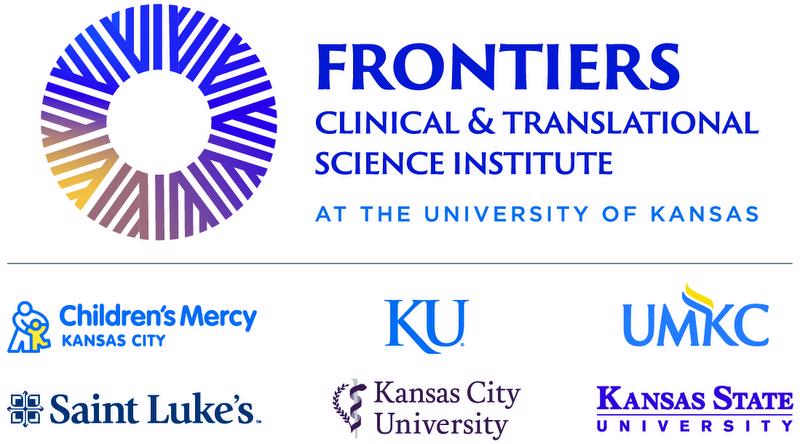 News
News
 News
News
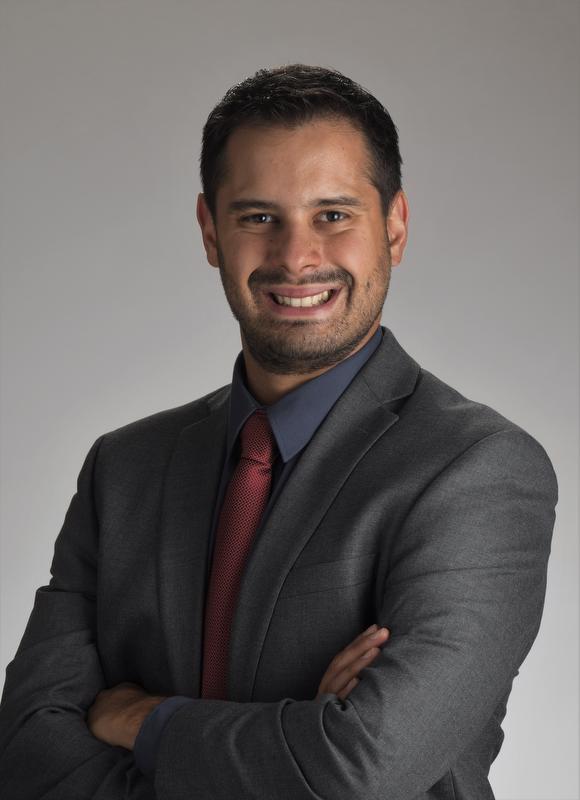 Funded Projects · News
Funded Projects · News
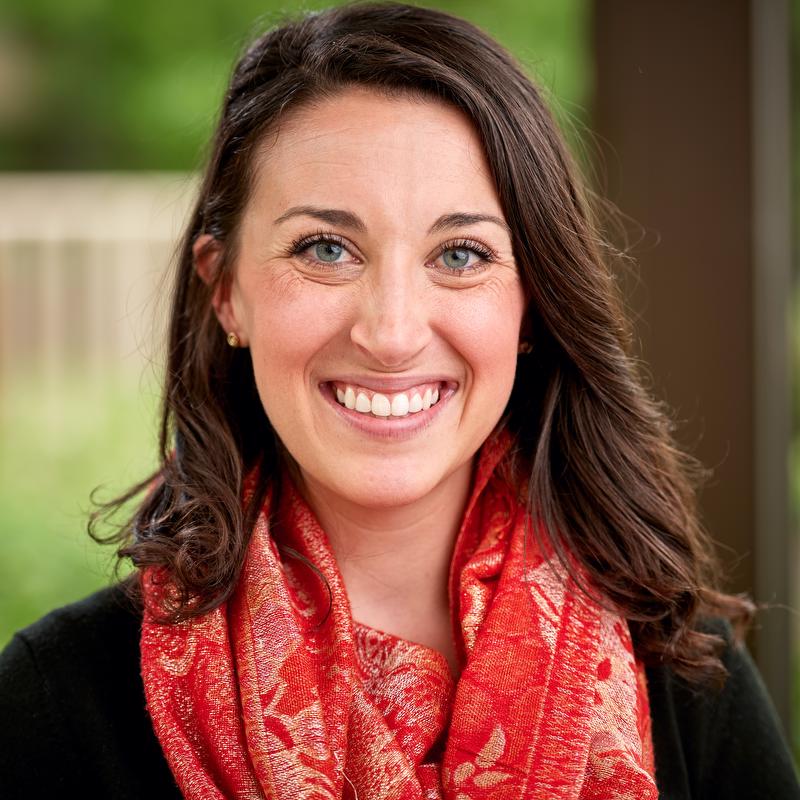 Events · News
Events · News
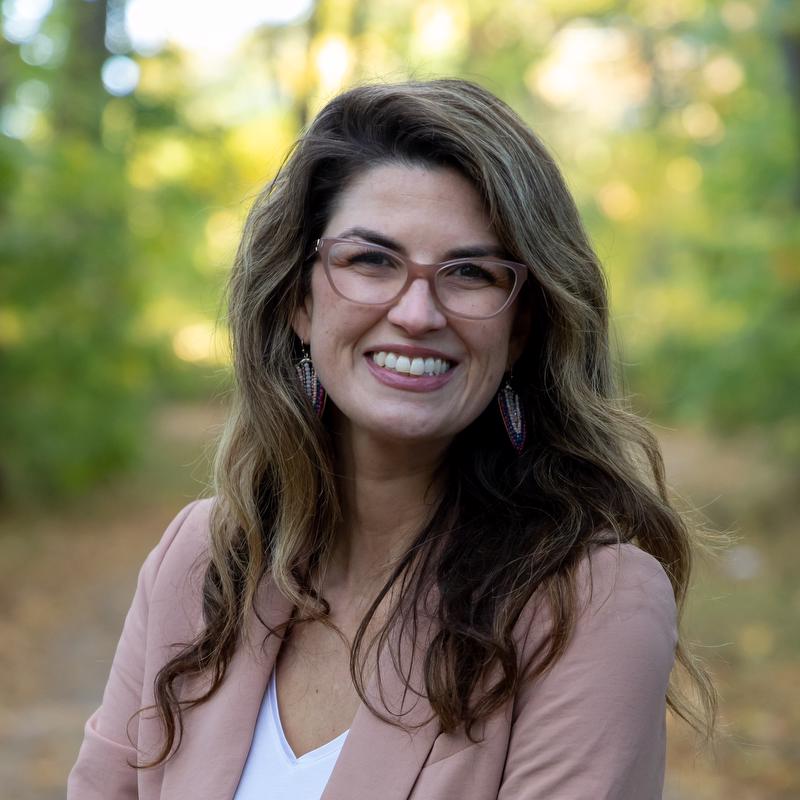
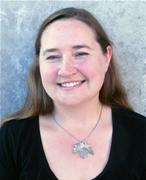 KL2 Scholar · News
KL2 Scholar · News
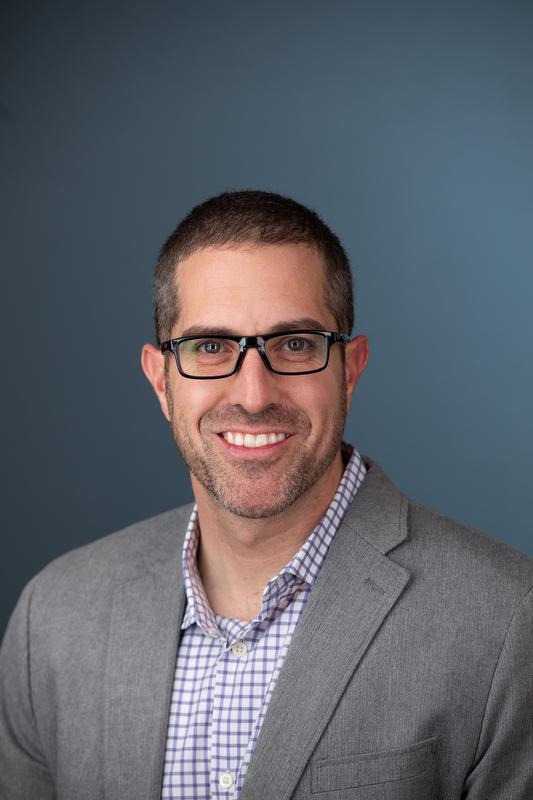 News
News

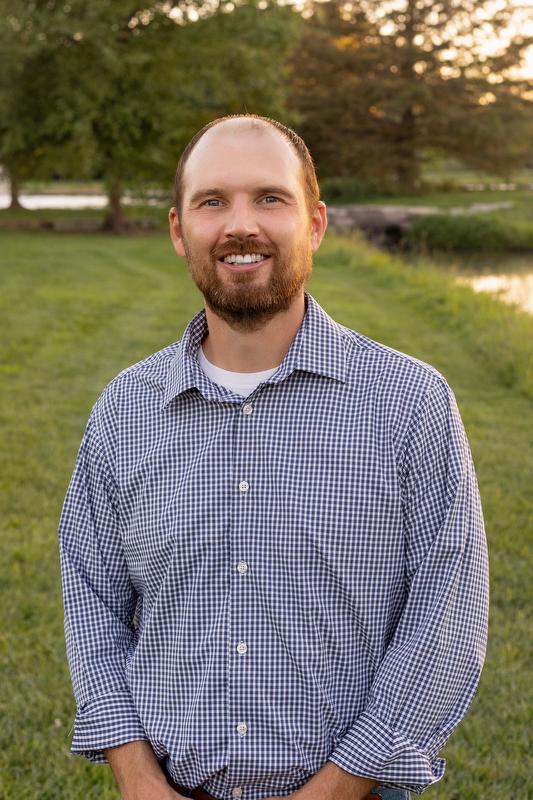 Funded Projects · News
Funded Projects · News
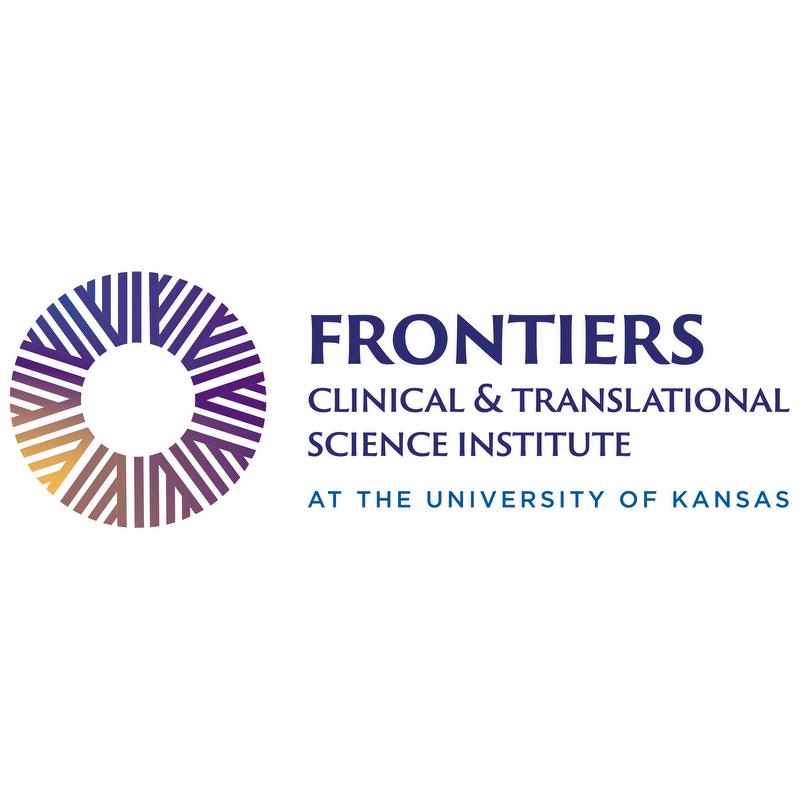 News
News
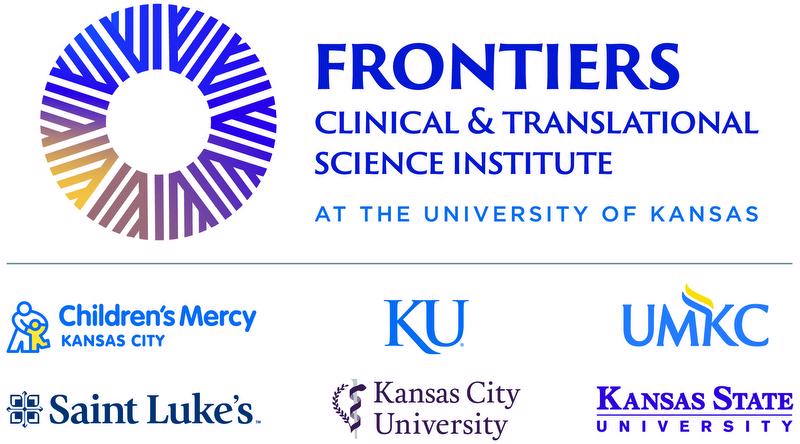 Partner News · News
Partner News · News
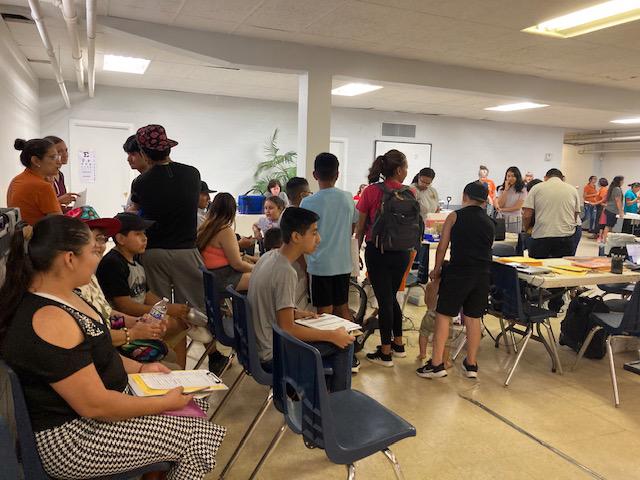 News · In the Community
News · In the Community
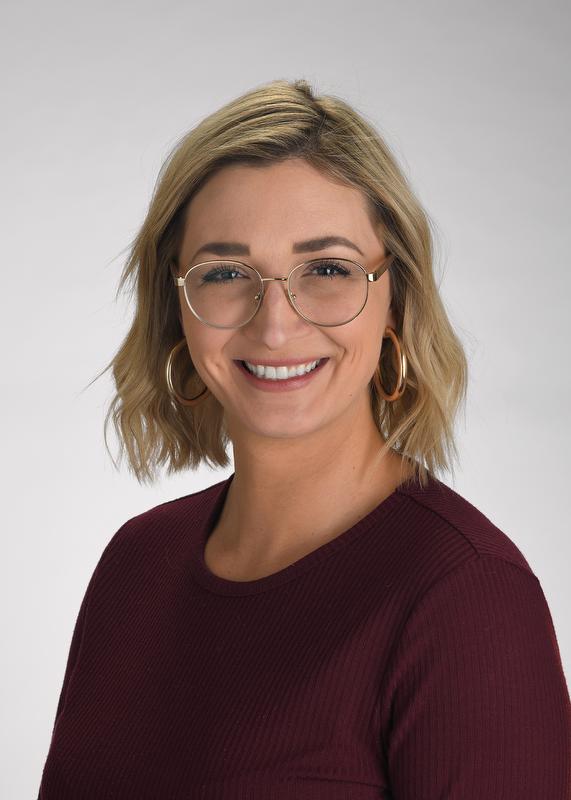
 0
0

 Funded Projects · News
Funded Projects · News
 Funded Projects · News
Funded Projects · News
 News
News
 Funded Projects · News
Funded Projects · News
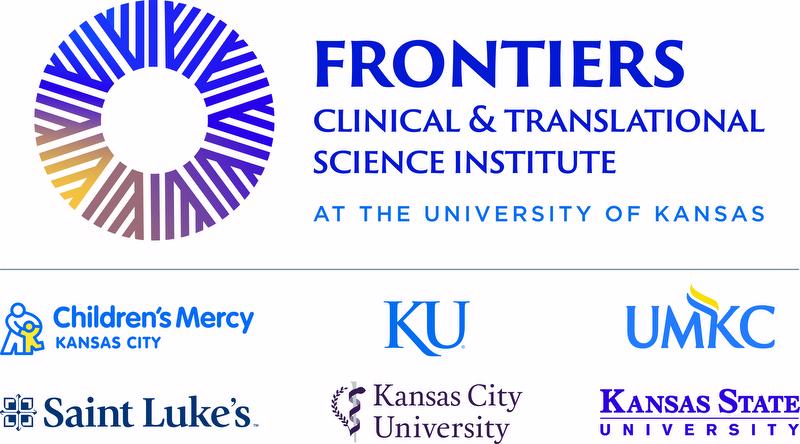 Funded Projects · News
Funded Projects · News
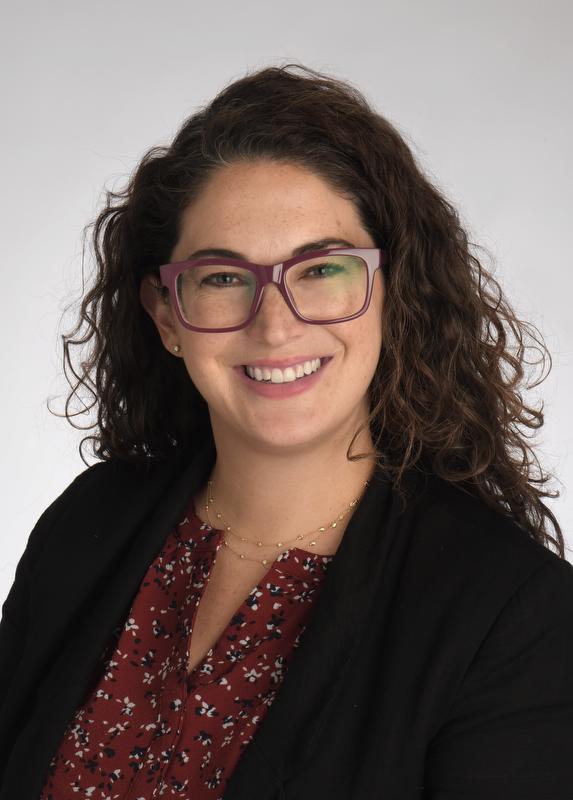 News
News
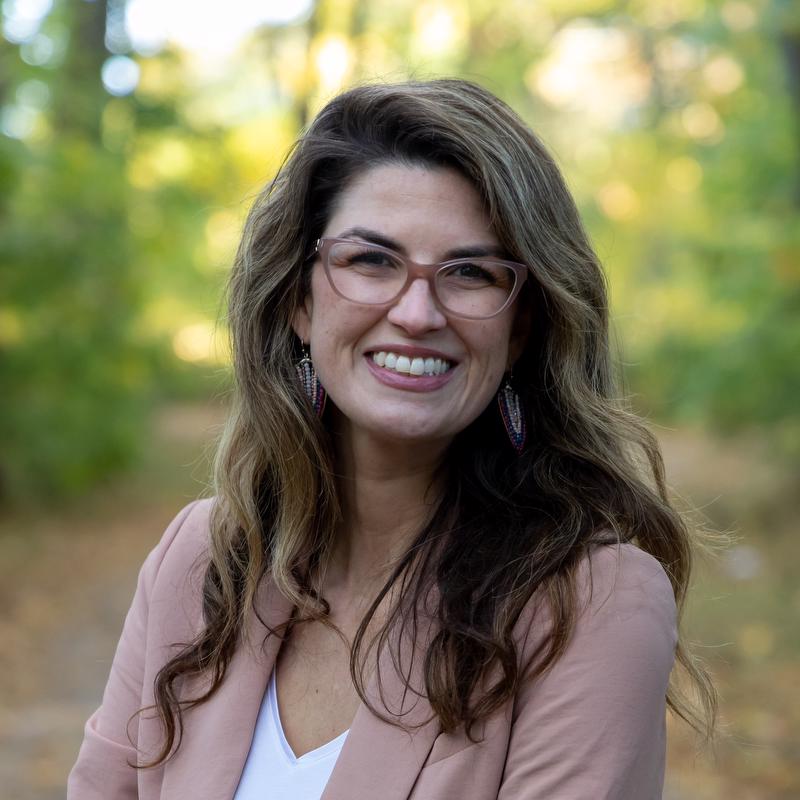 Events · News
Events · News
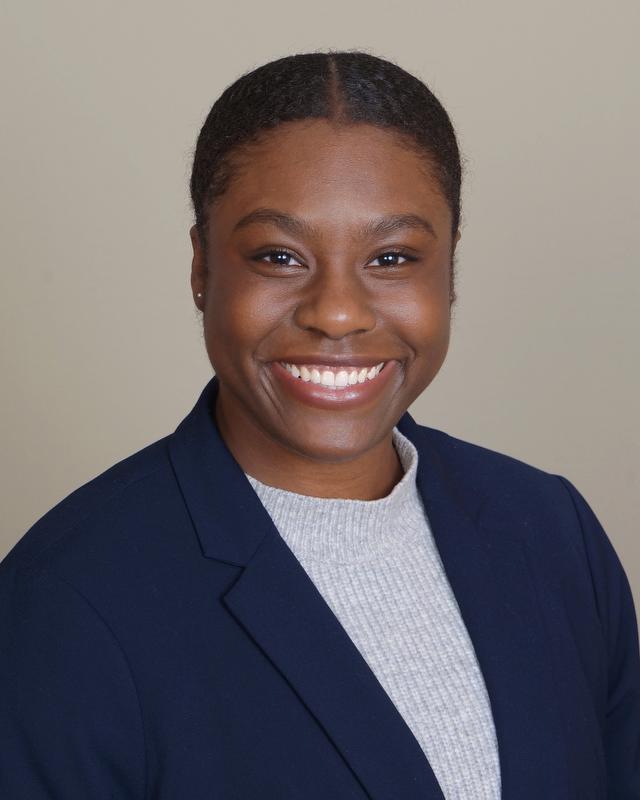 TL1 Trainee · News
TL1 Trainee · News
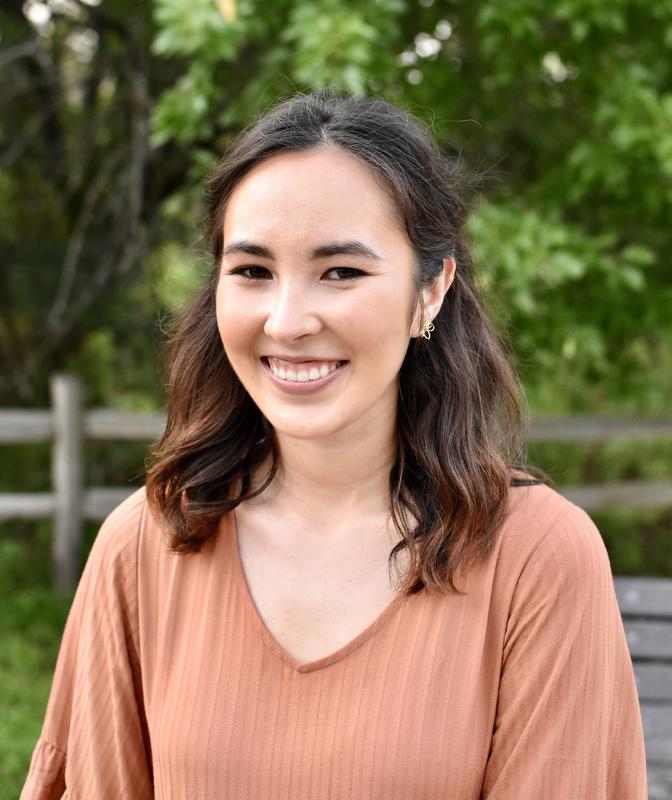 TL1 Trainee · News
TL1 Trainee · News
 News
News
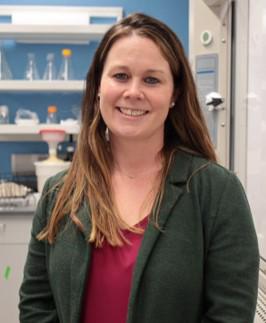 Funded Projects · News
Funded Projects · News
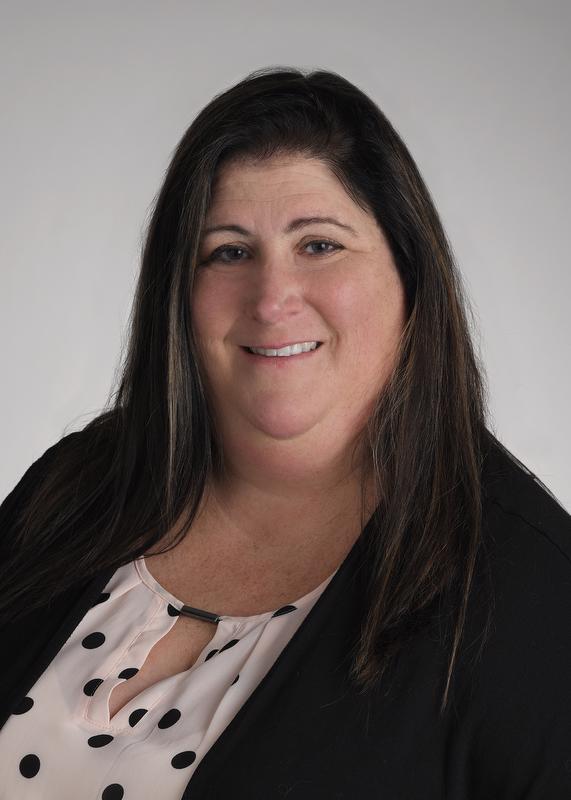 News
News
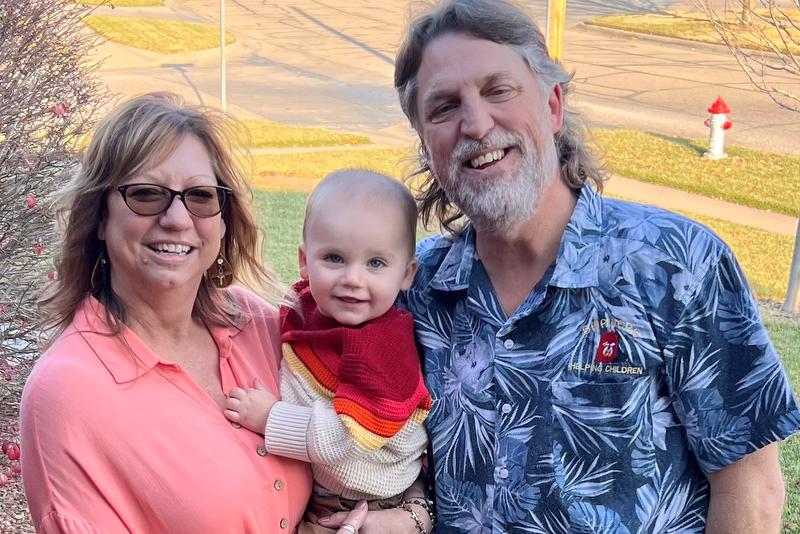 Partner News · News
Partner News · News
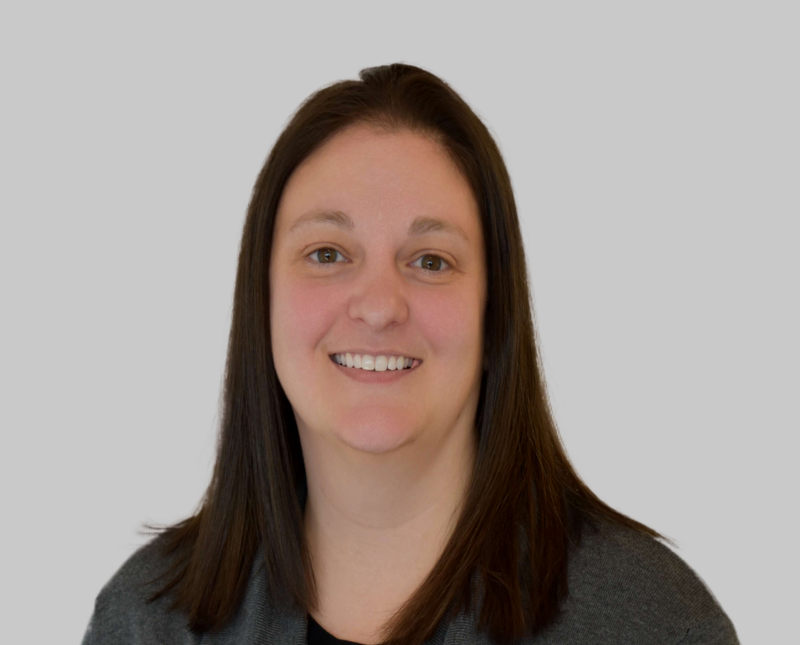 TL1 Trainee · News
TL1 Trainee · News
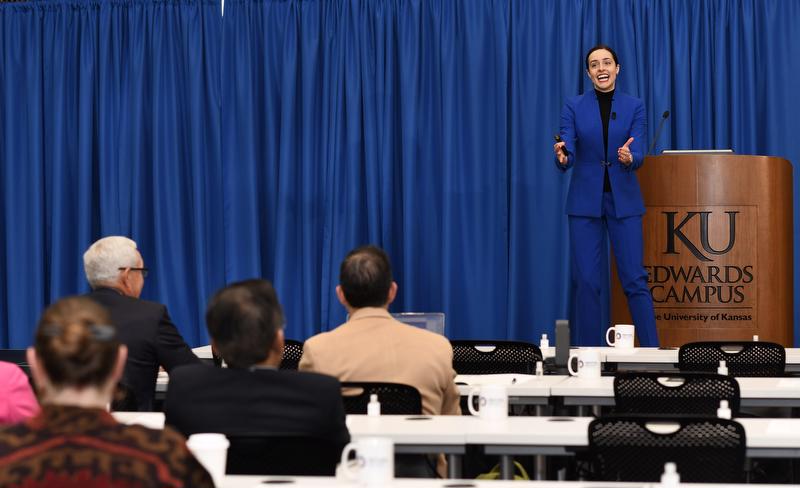 Events · News
Events · News
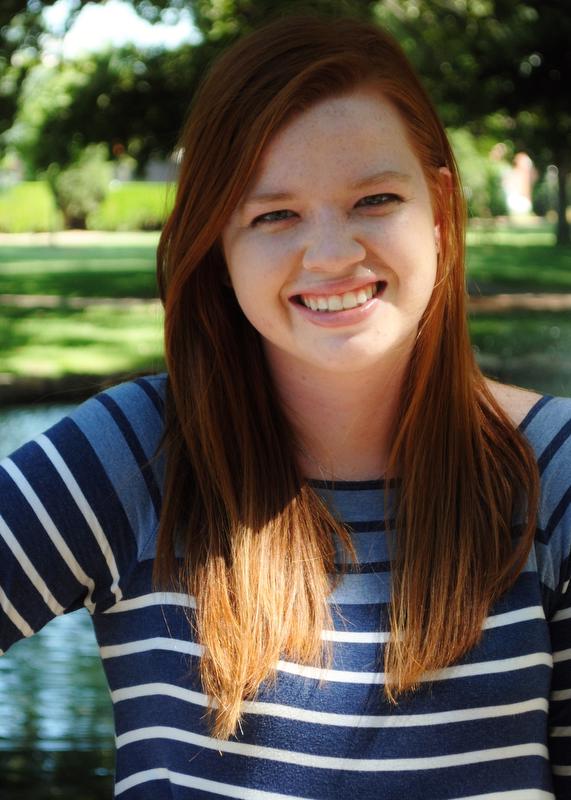 KL2 Scholar · News
KL2 Scholar · News
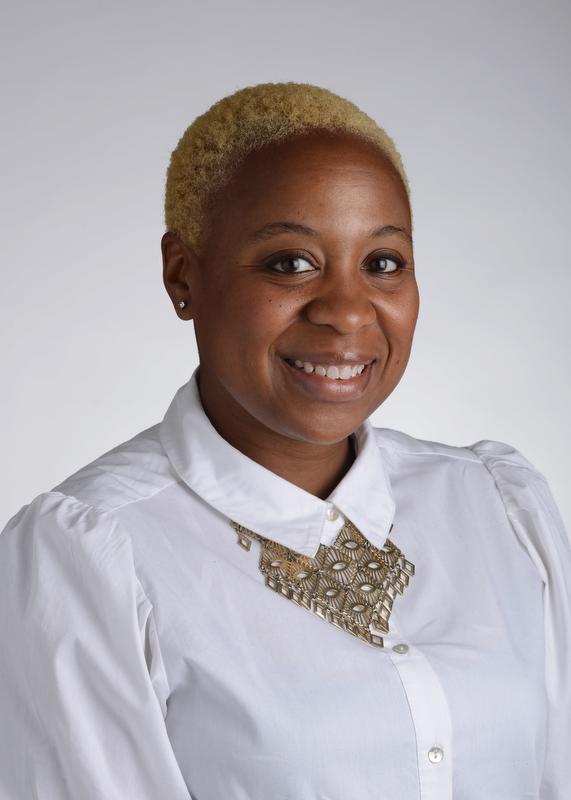 News
News
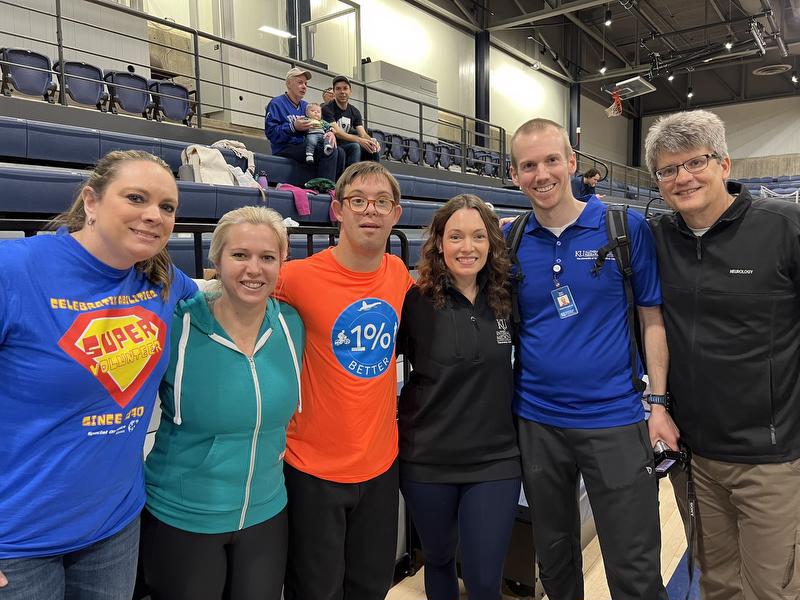 TL1 Trainee · News
TL1 Trainee · News
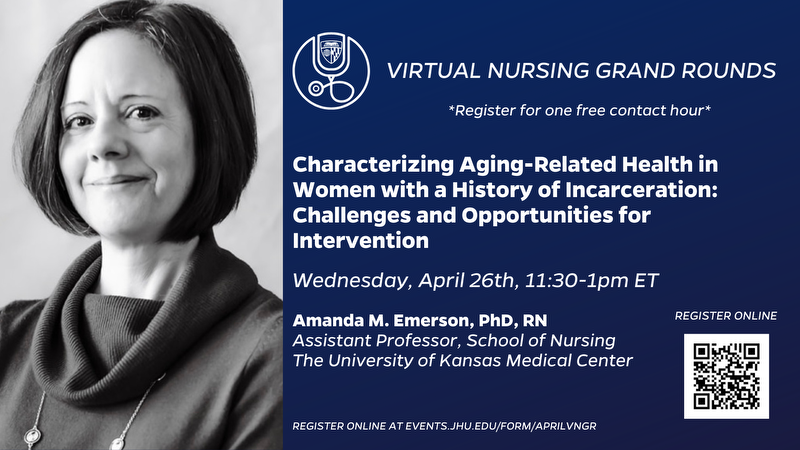 News · KL2 Scholar
News · KL2 Scholar
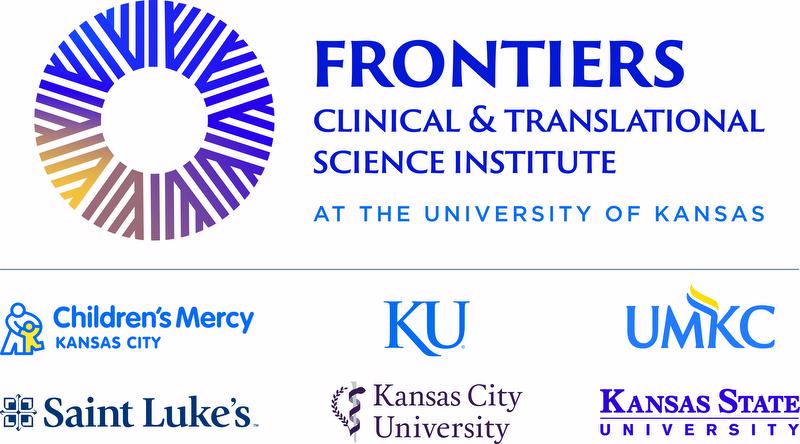
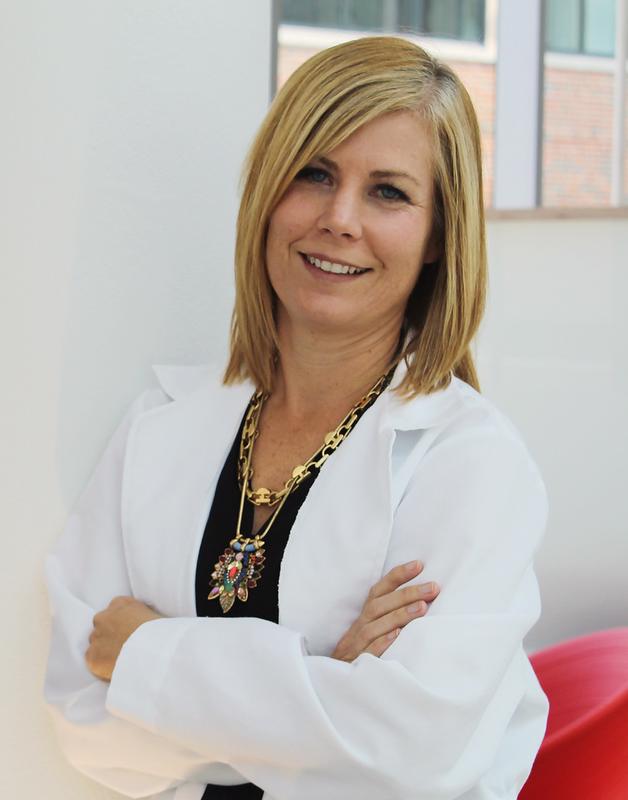 TL1 Trainee · News
TL1 Trainee · News
 Events · News
Events · News
 News
News
 News
News
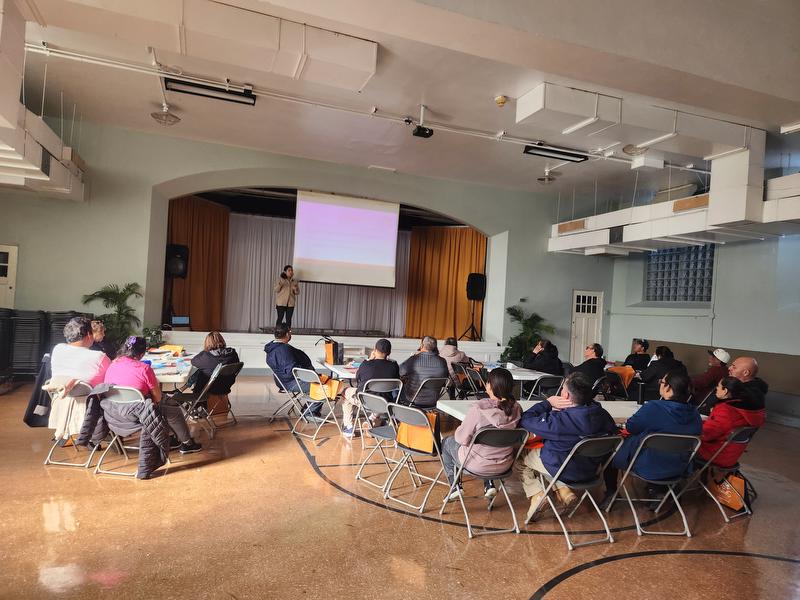

 News
News
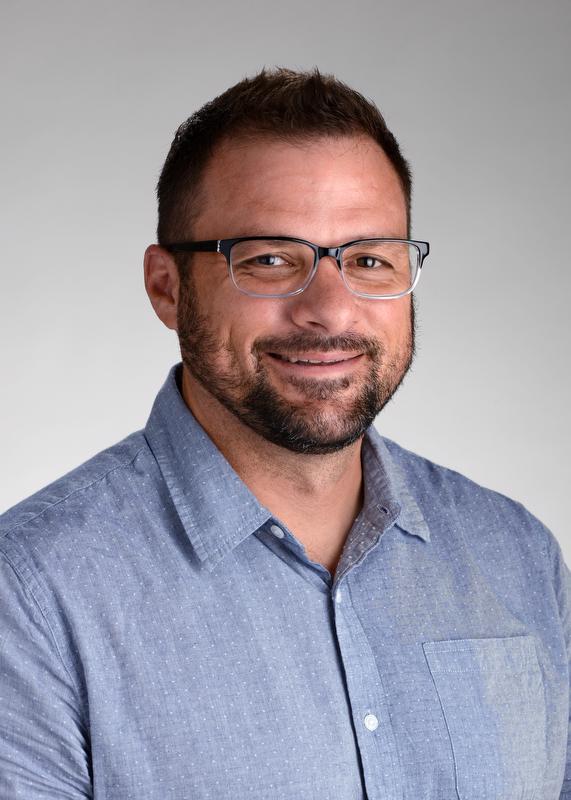
 40
40

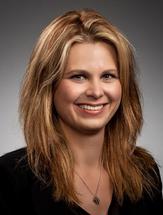 News
News
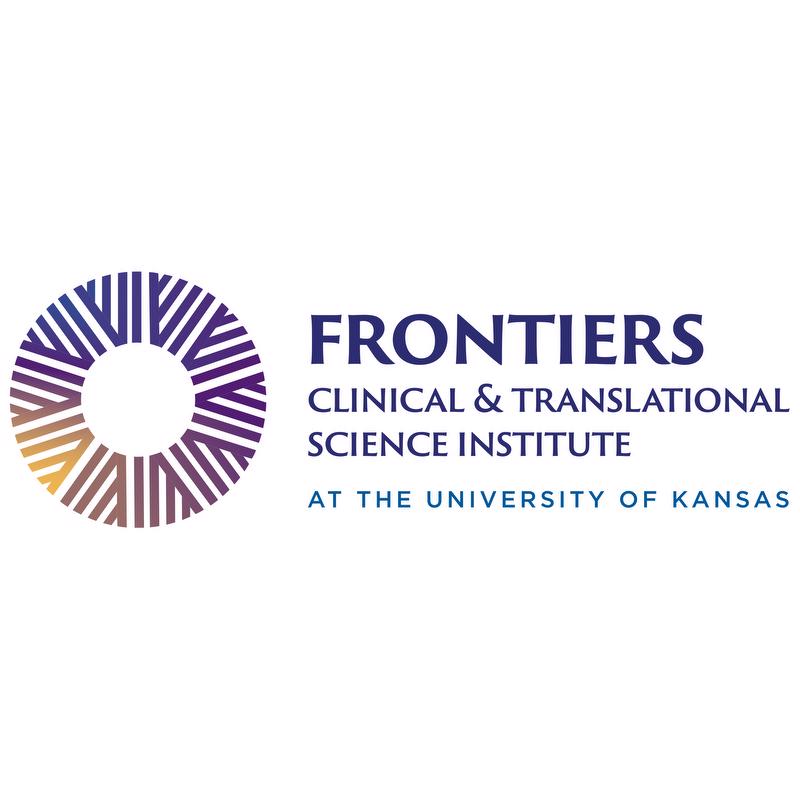 News
News
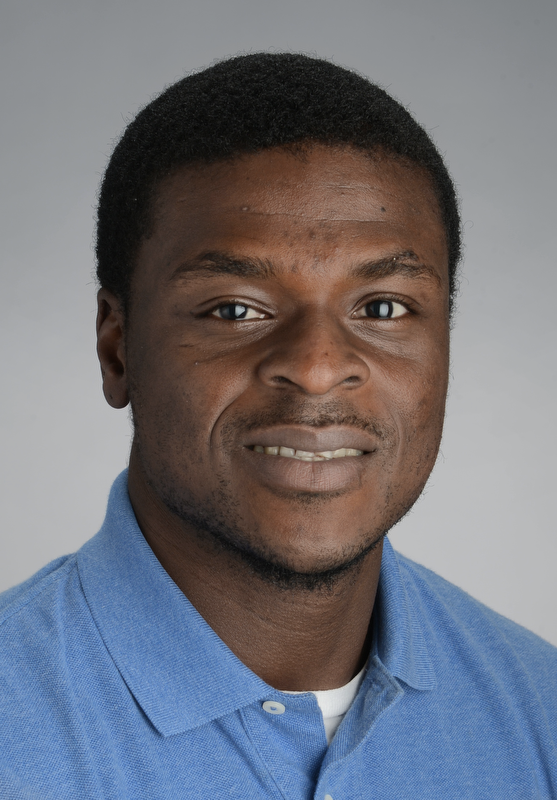 TL1 Trainee · News
TL1 Trainee · News
 News
News
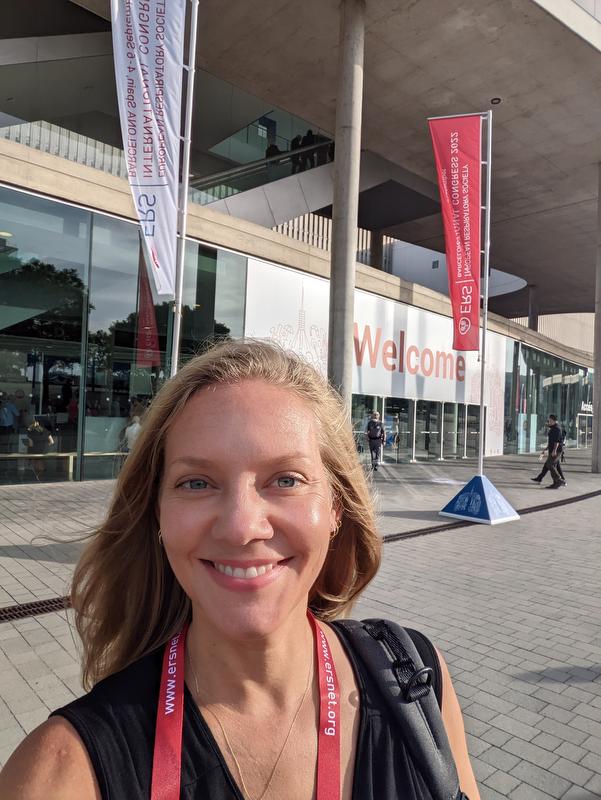 Funded Projects · News
Funded Projects · News
 News · In the Community
News · In the Community
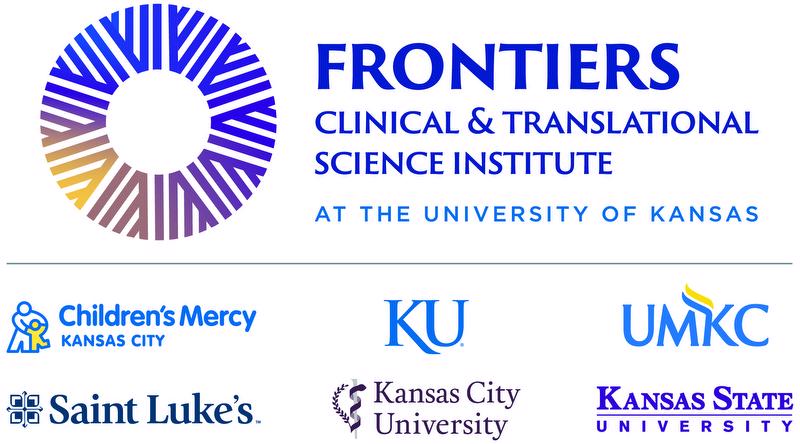 Funded Projects · News
Funded Projects · News
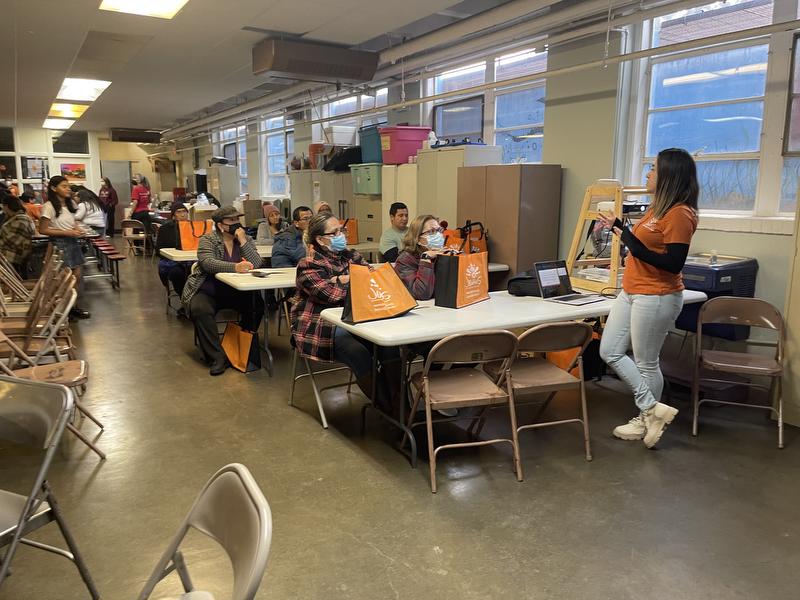 In the Community
In the Community
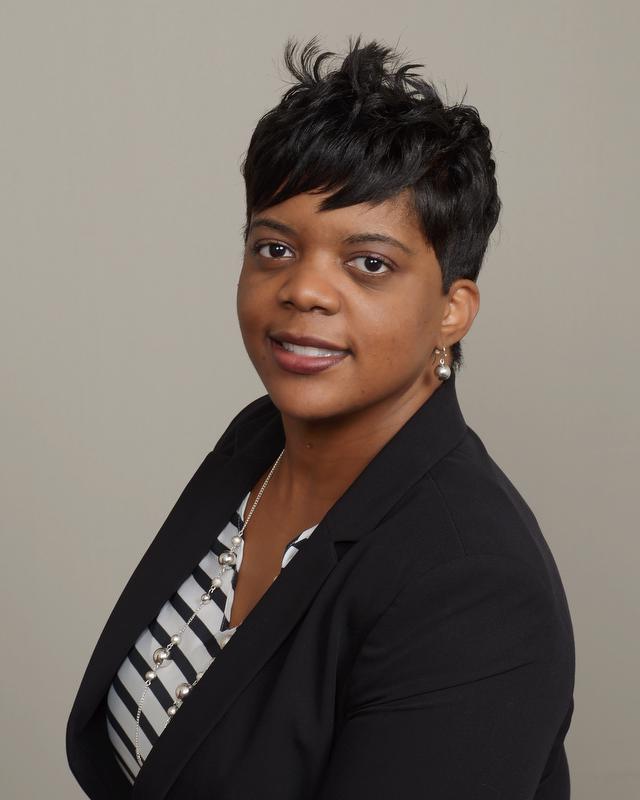 News · In the Community · Partner News
News · In the Community · Partner News
 KL2 Scholar · News
KL2 Scholar · News
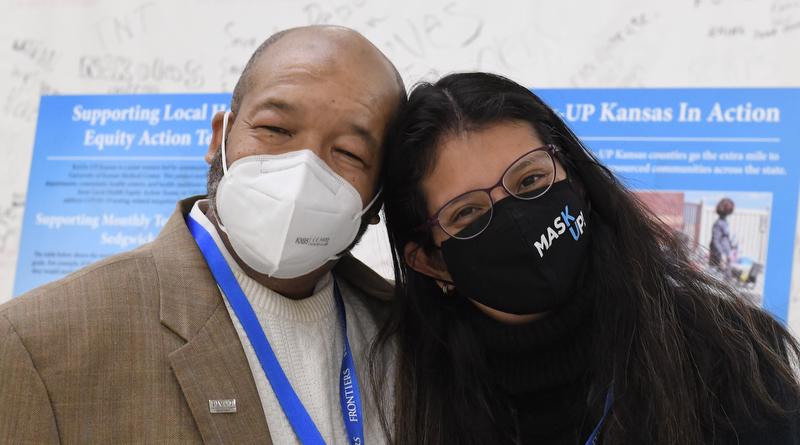 News · In the Community
News · In the Community
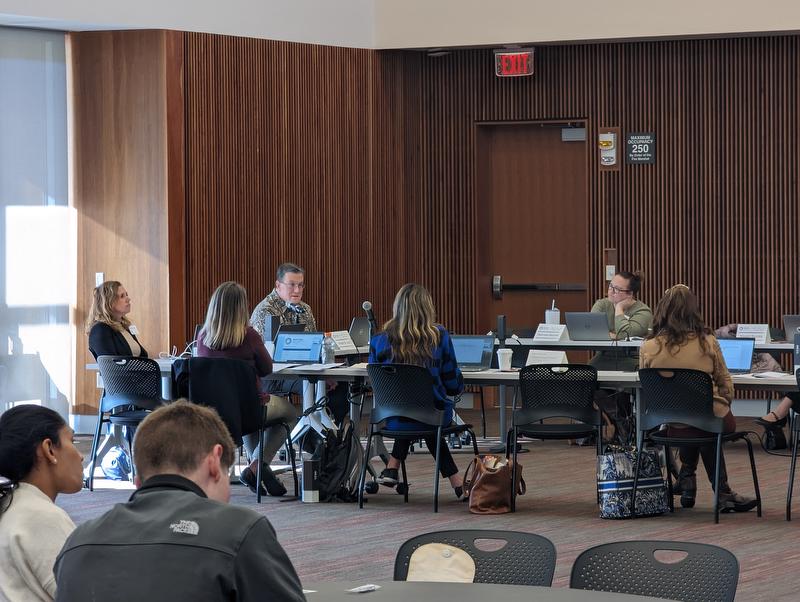 Events · News · Services
Events · News · Services
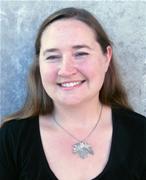 Funded Projects · News
Funded Projects · News
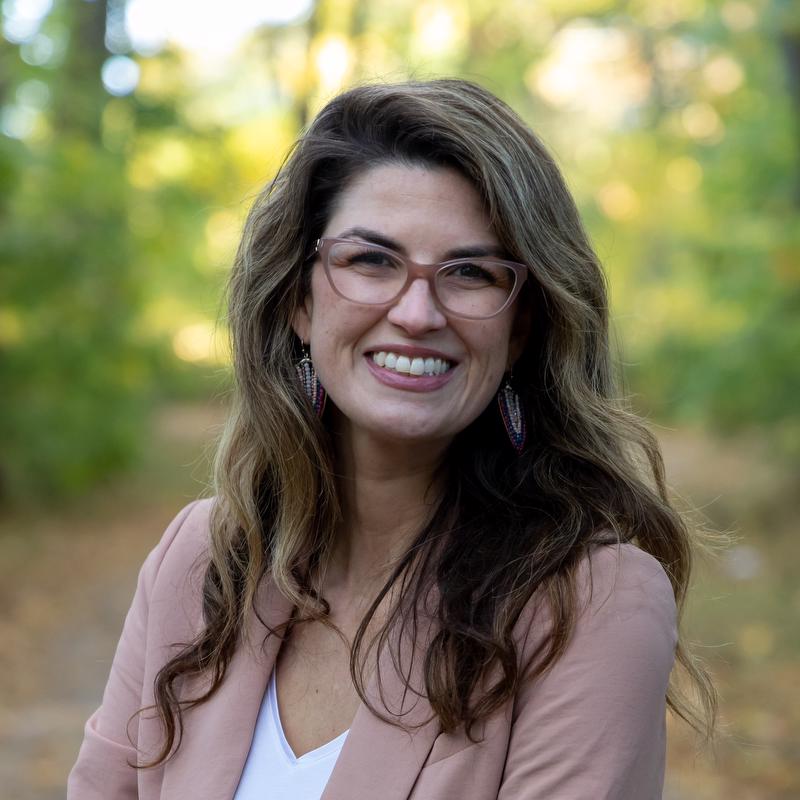 KL2 Scholar · Funded Projects · News
KL2 Scholar · Funded Projects · News
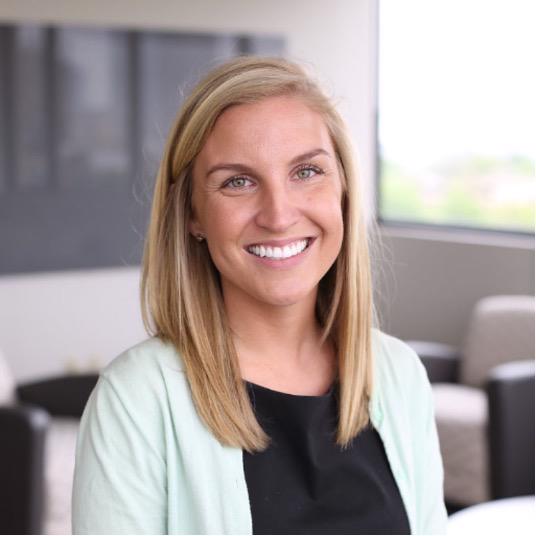 TL1 Trainee · Funded Projects · News
TL1 Trainee · Funded Projects · News
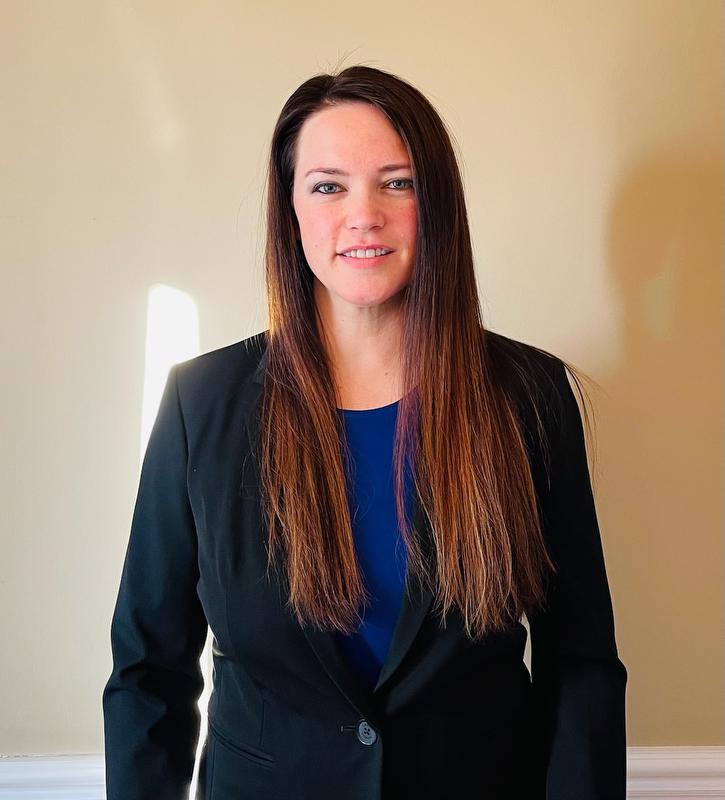 News
News
 News
News
 KL2 Scholar · Funded Projects
KL2 Scholar · Funded Projects
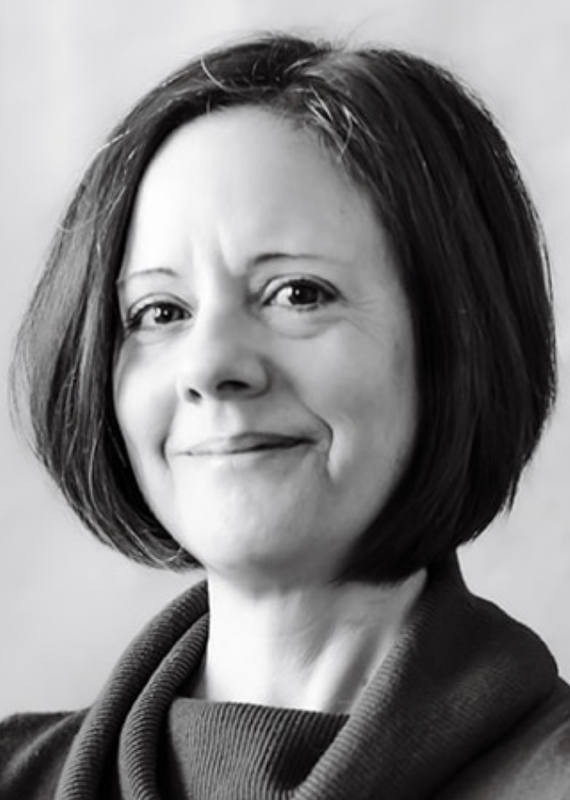 KL2 Scholar · Funded Projects
KL2 Scholar · Funded Projects
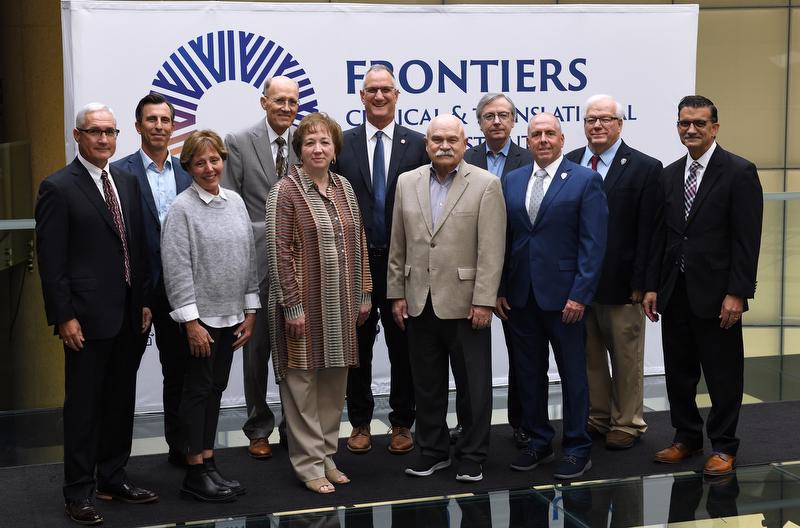 Events · News
Events · News
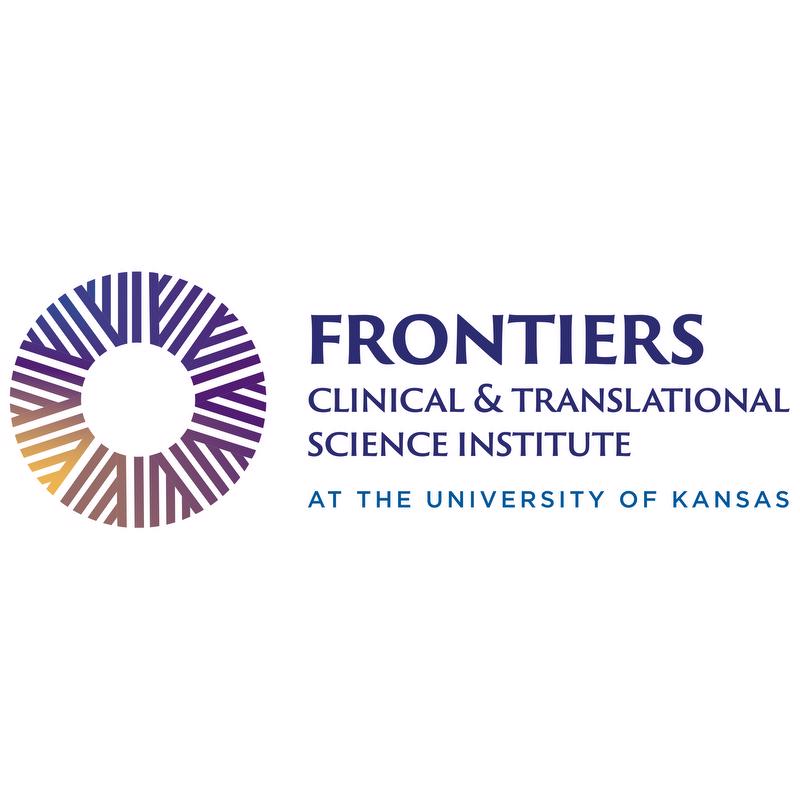 News
News
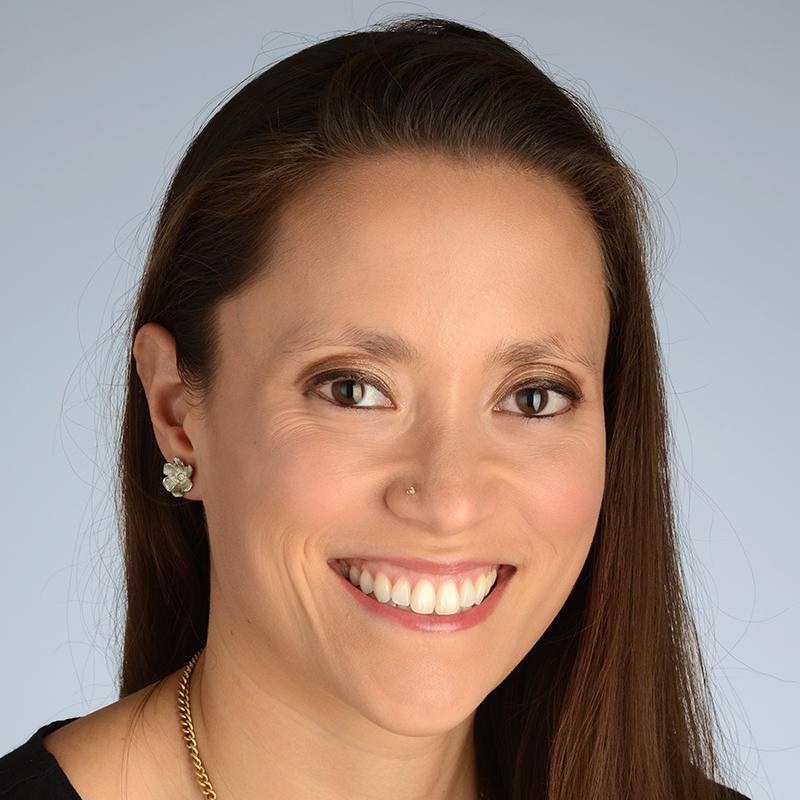 KL2 Scholar · Funded Projects
KL2 Scholar · Funded Projects
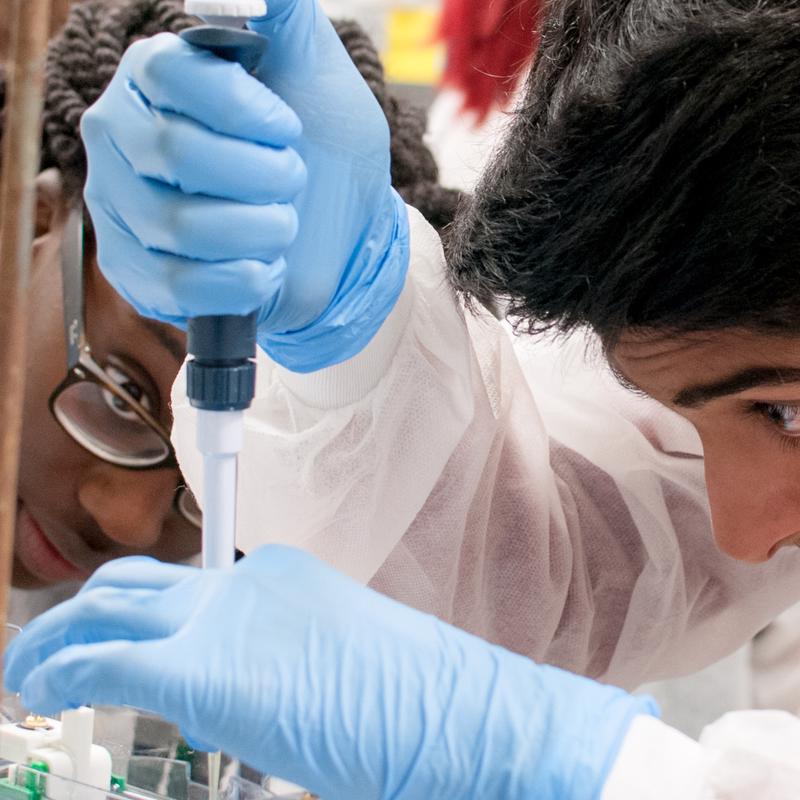 News
News
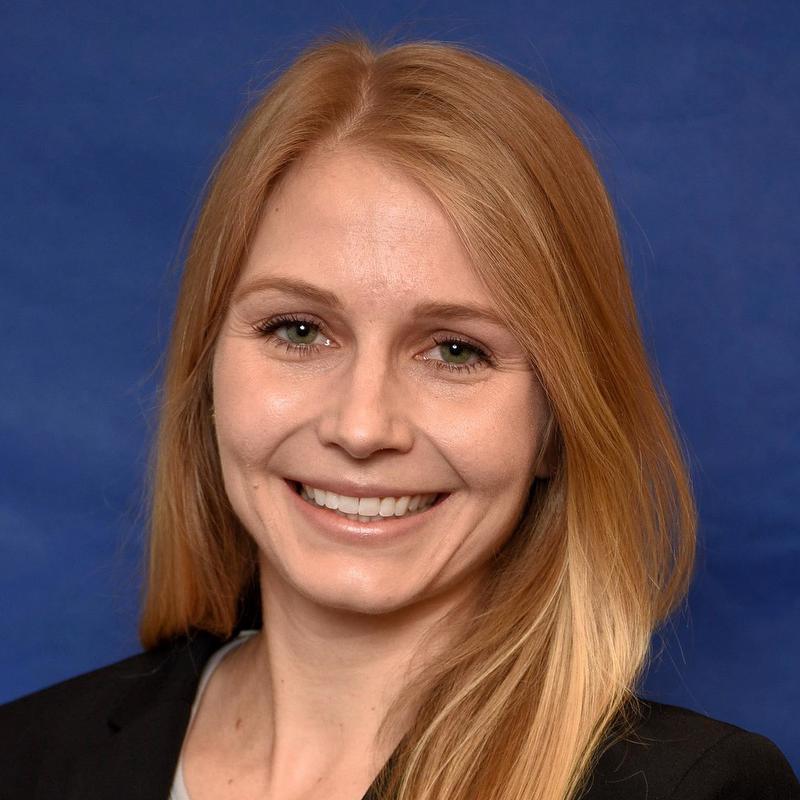 Funded Projects
Funded Projects

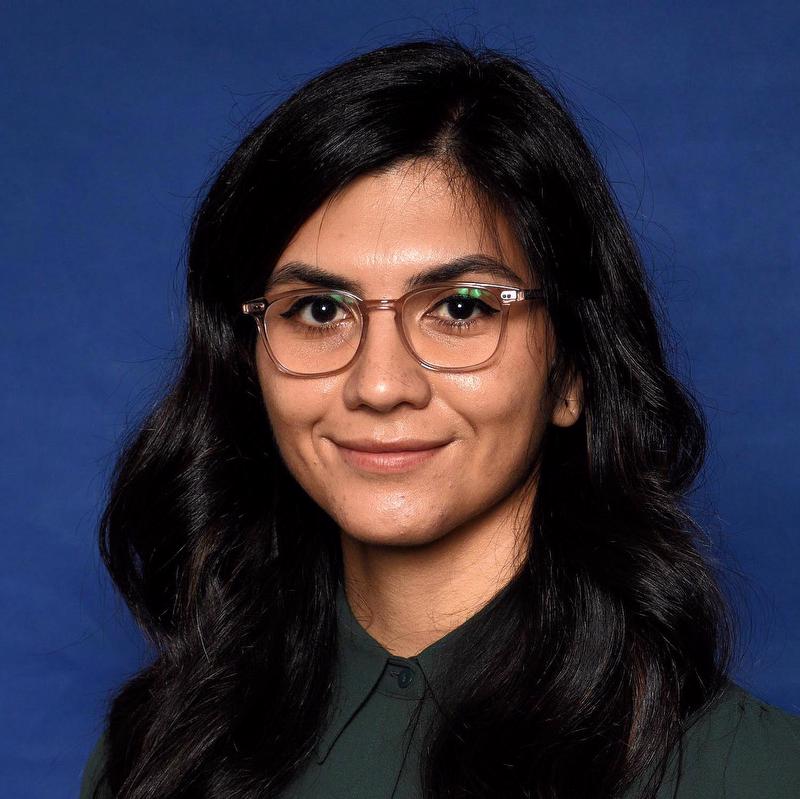 TL1 Trainee
TL1 Trainee
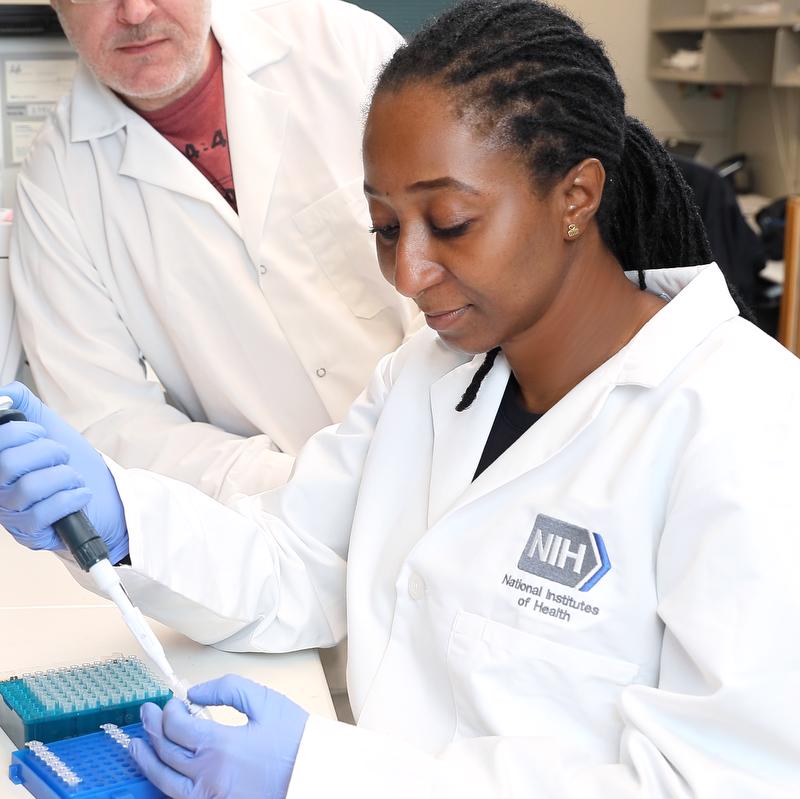 News
News
 Funded Projects
Funded Projects
